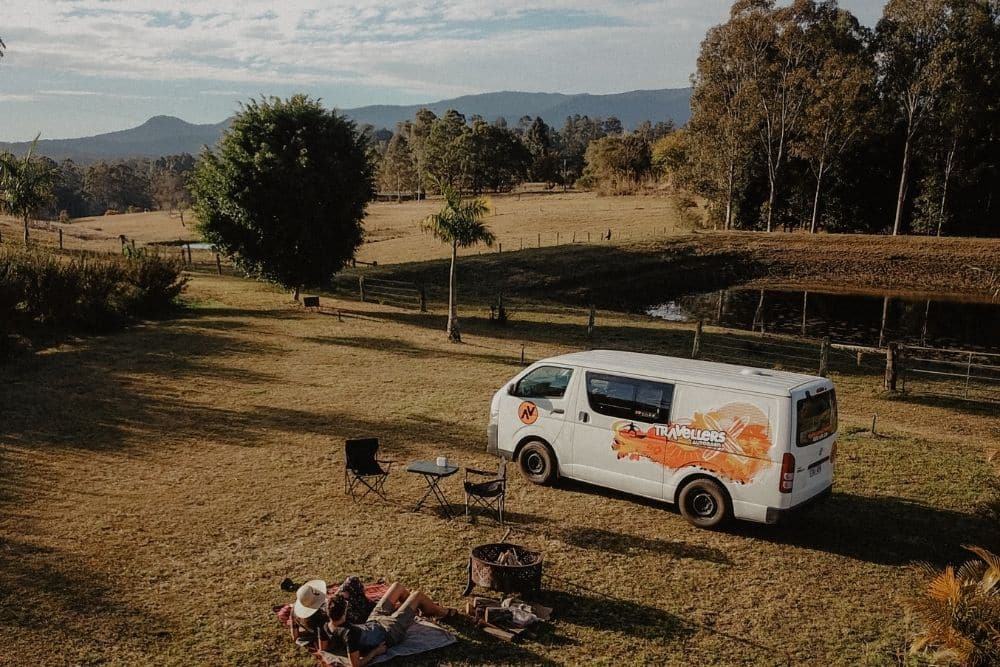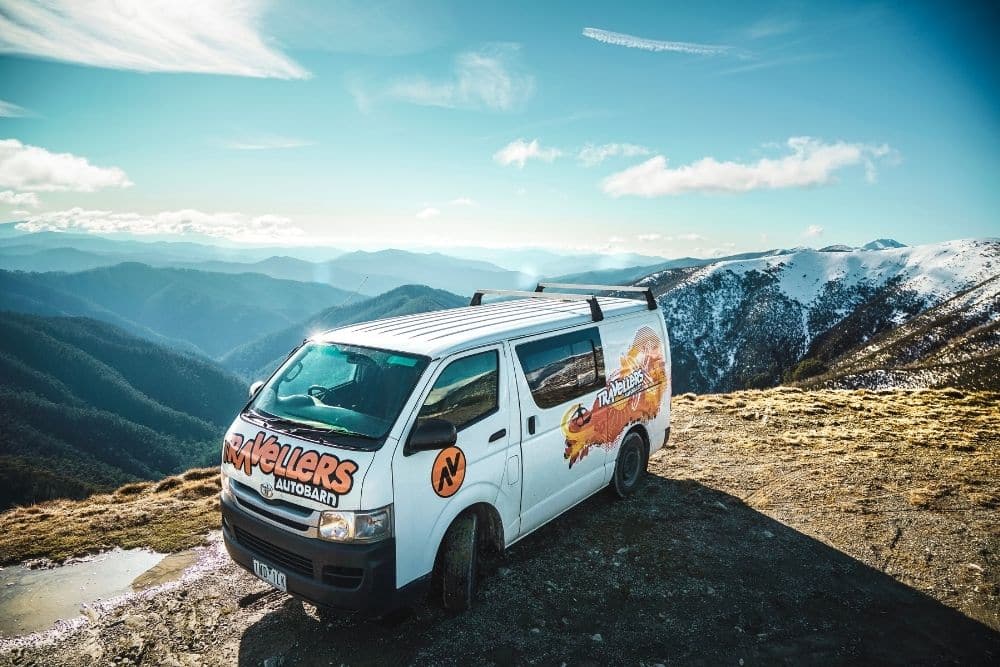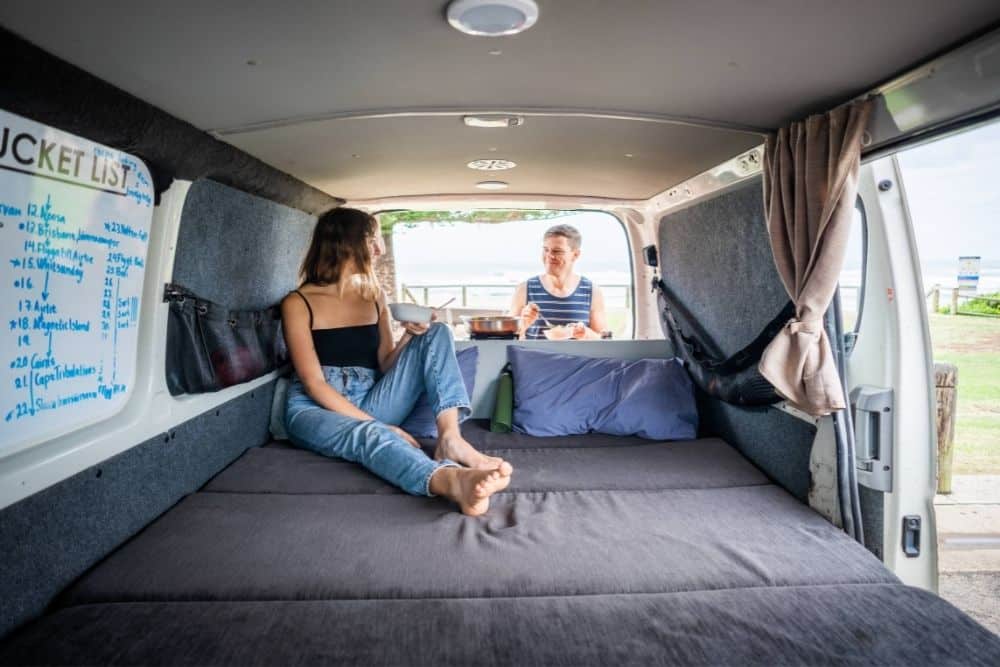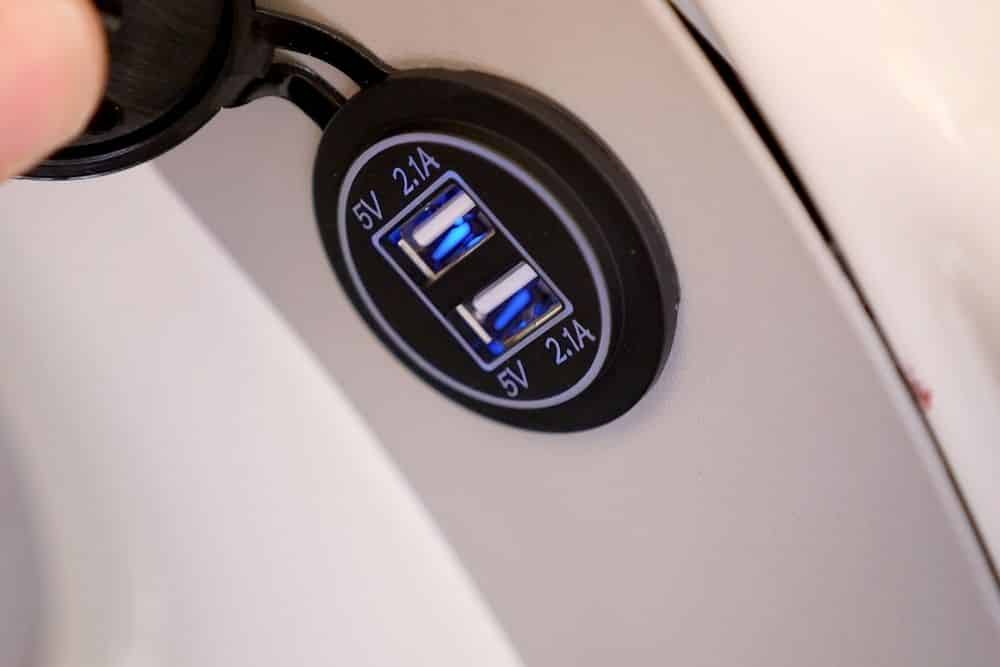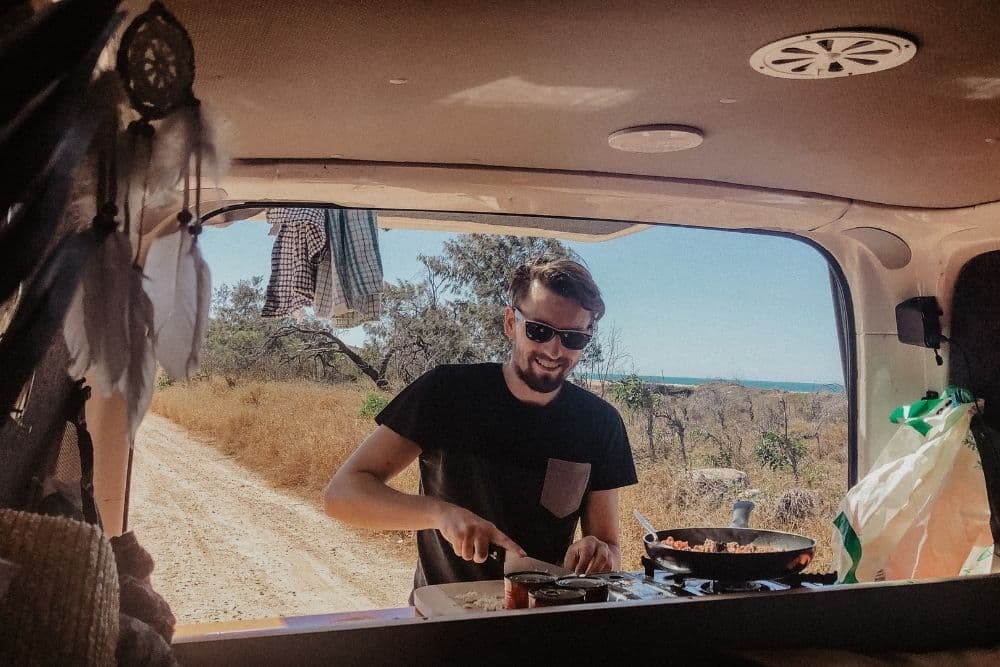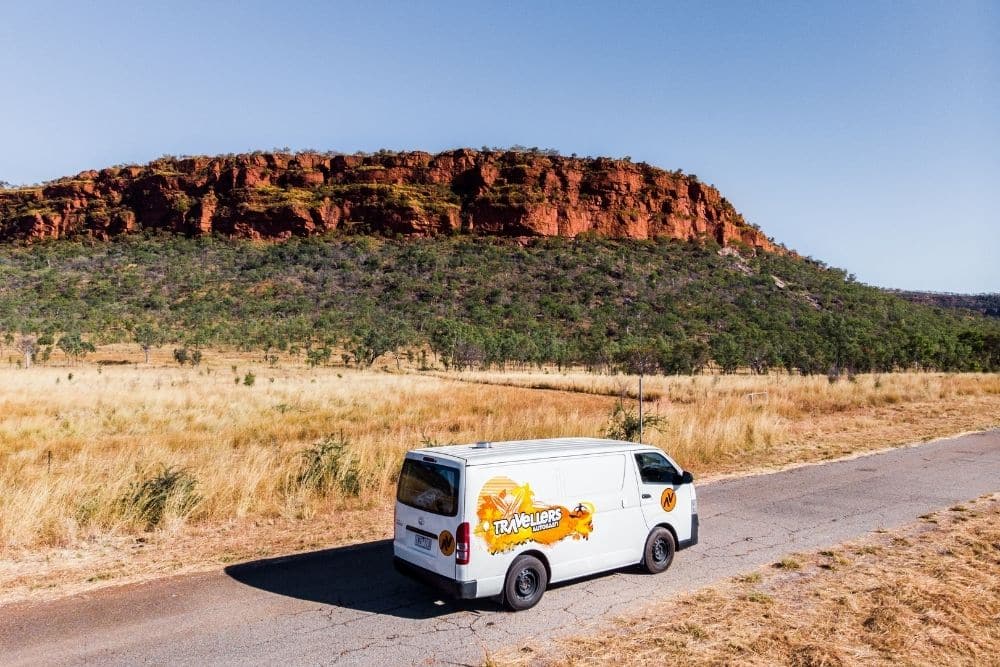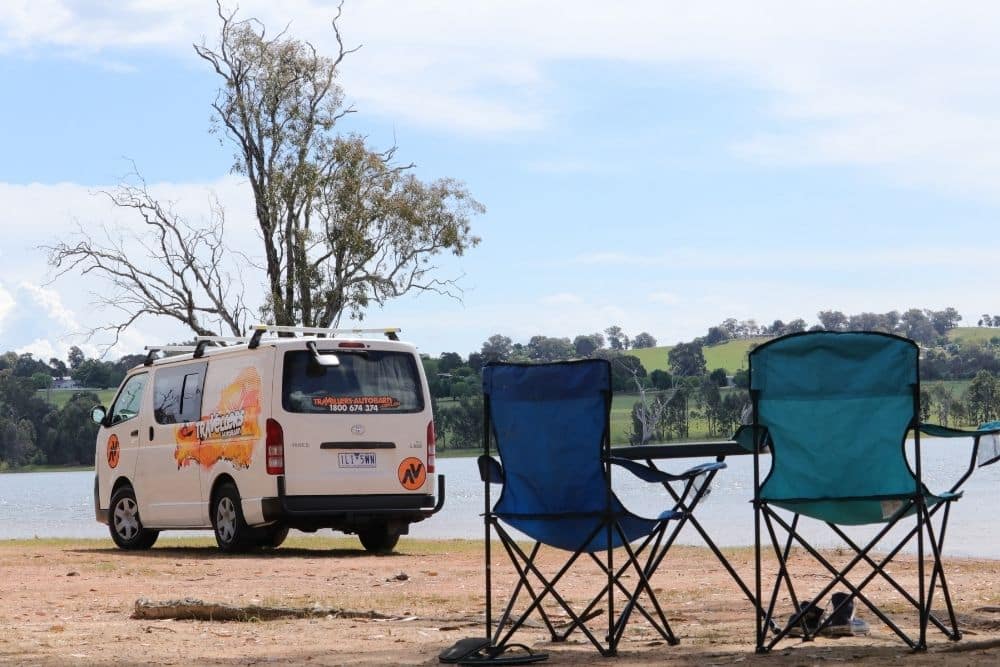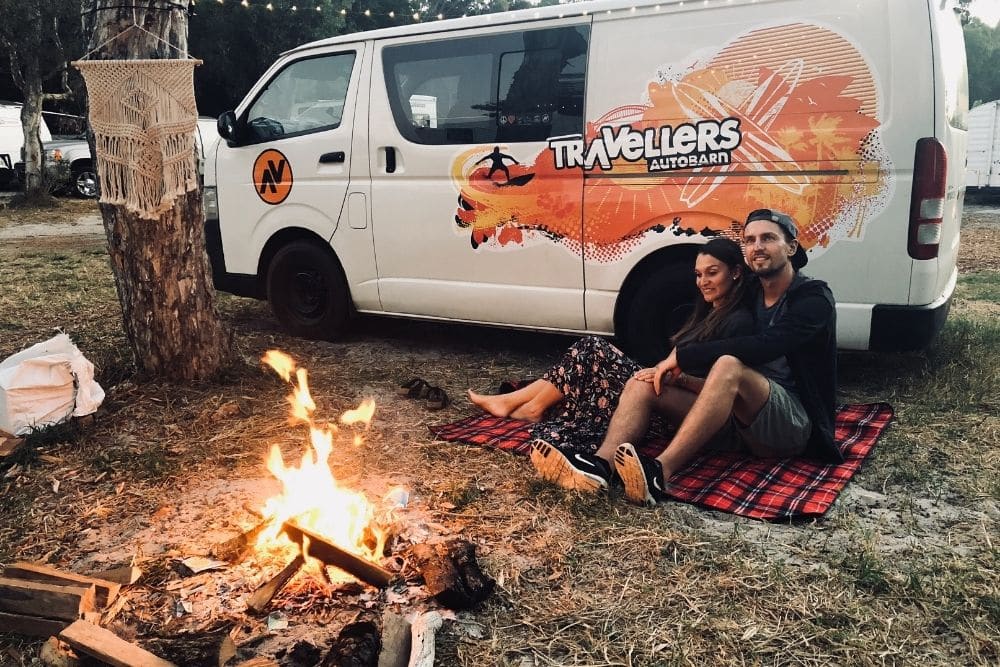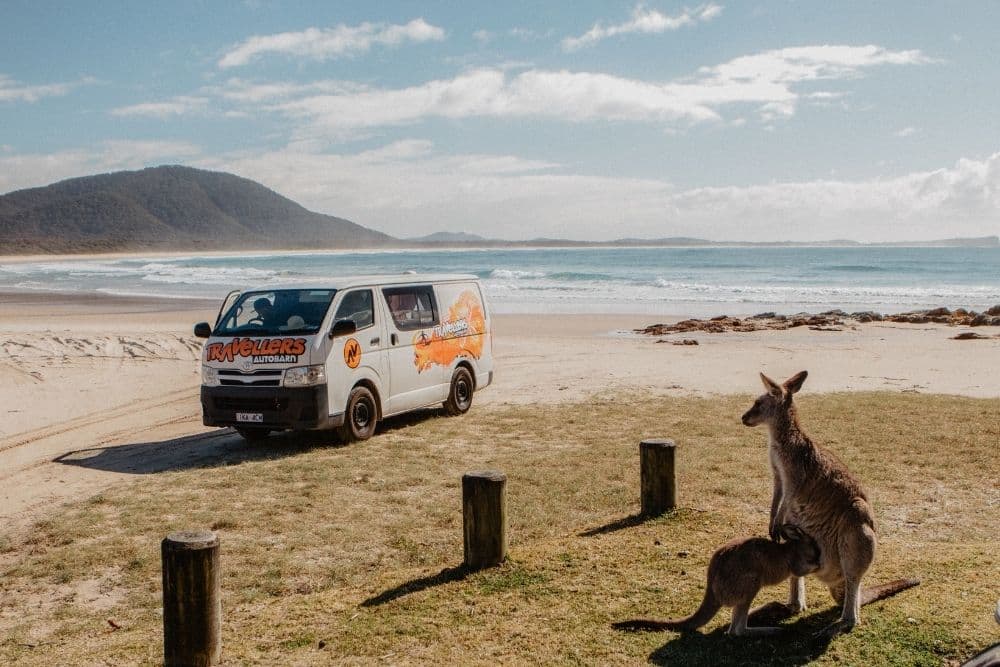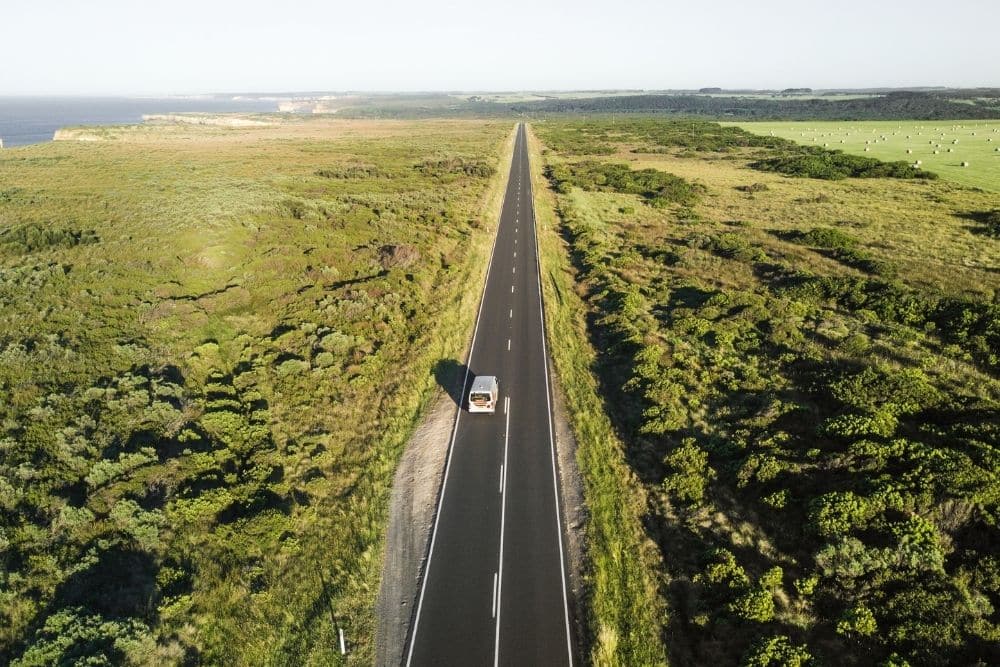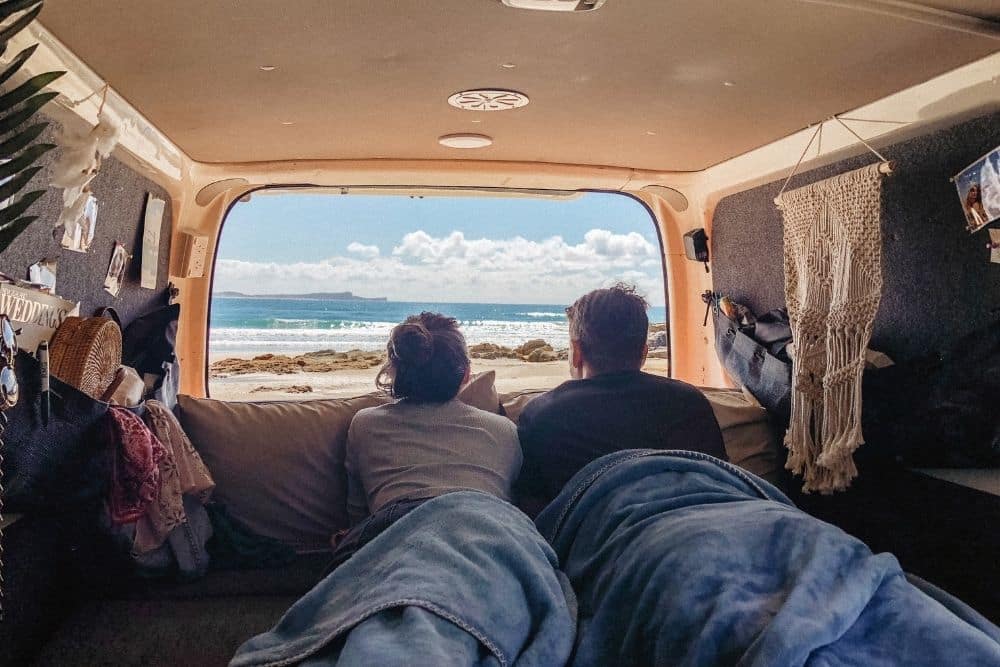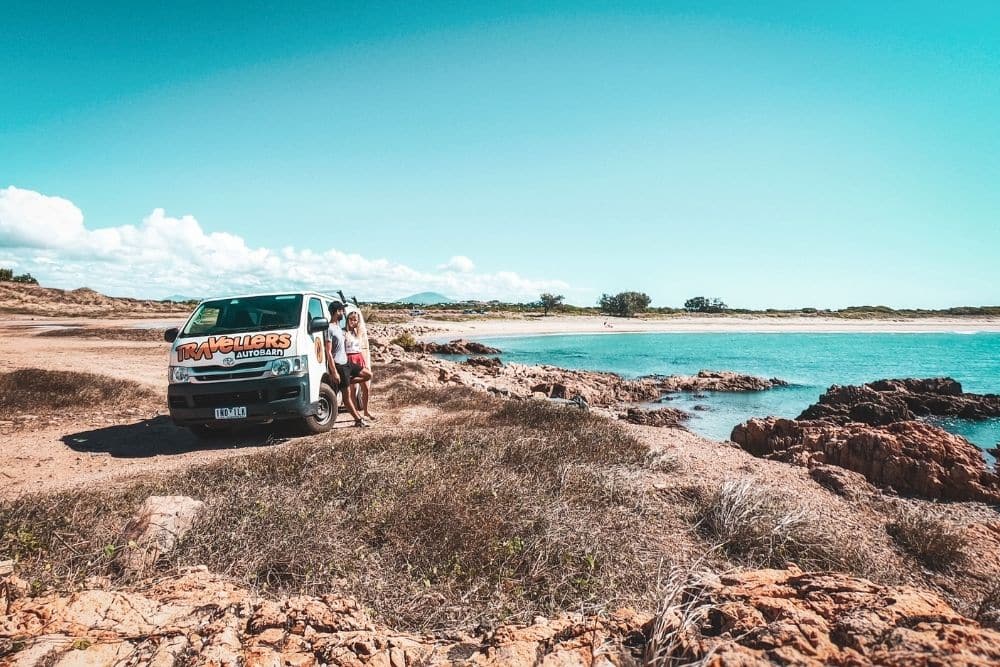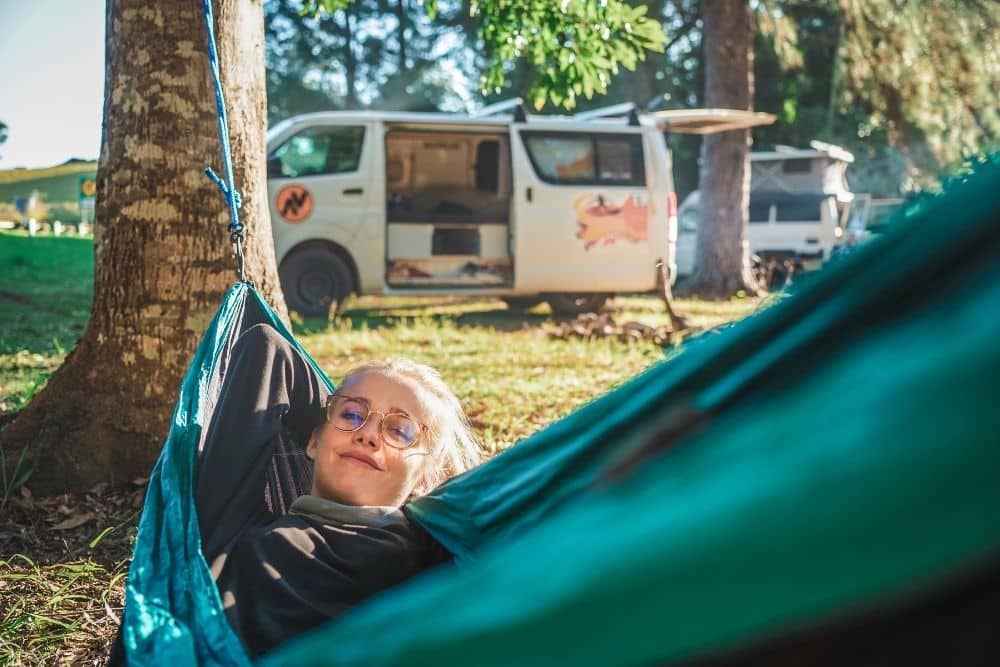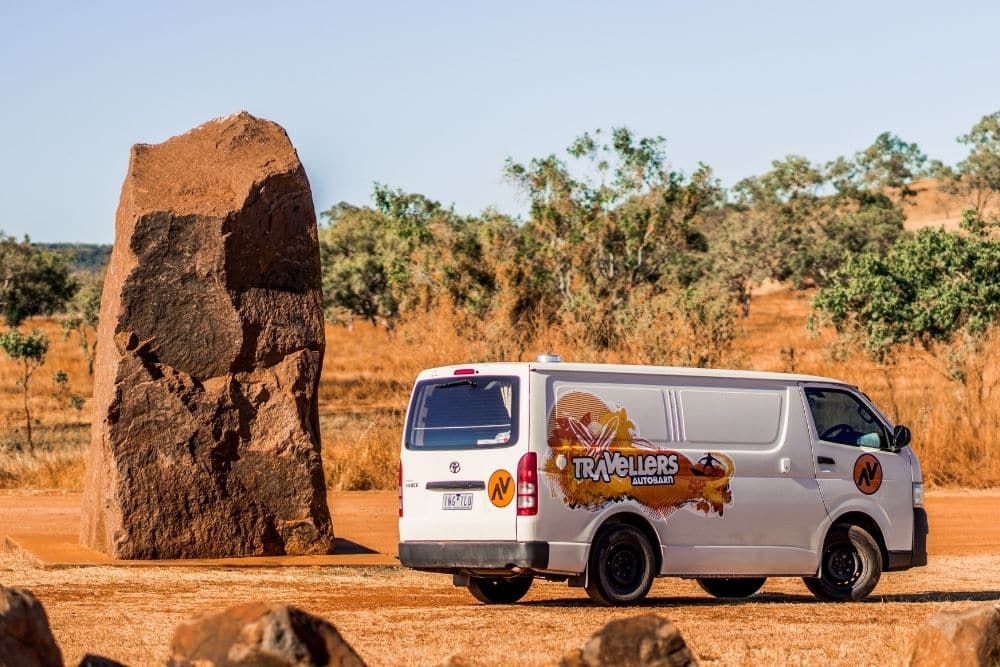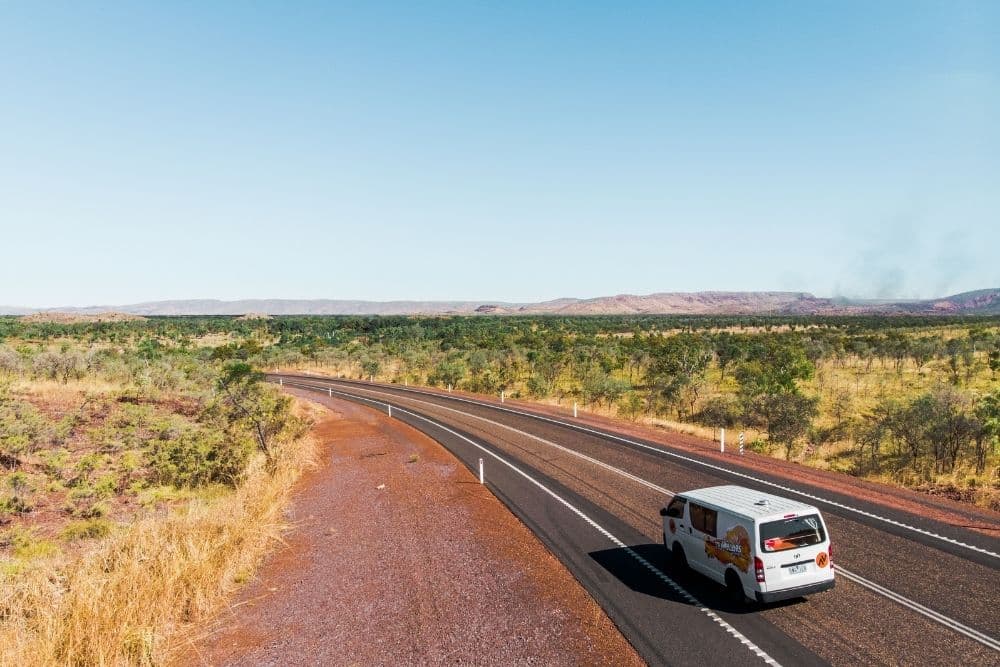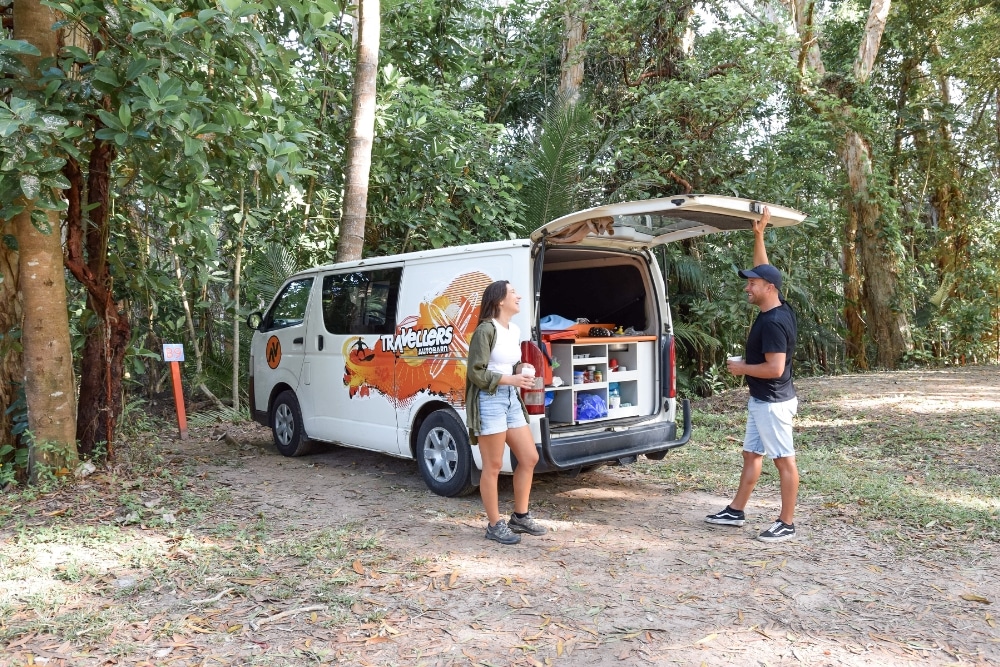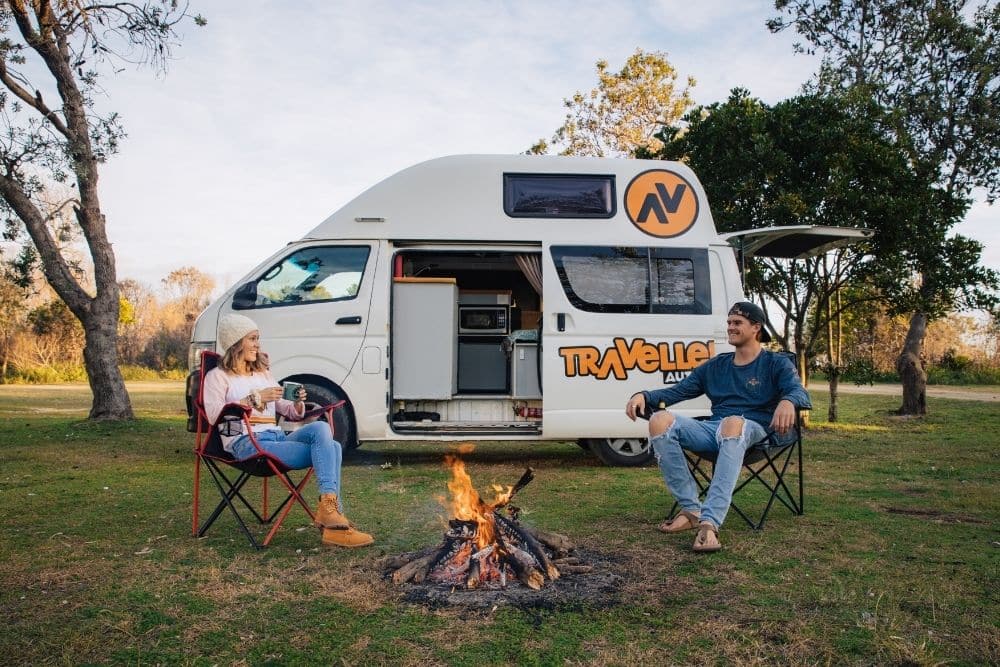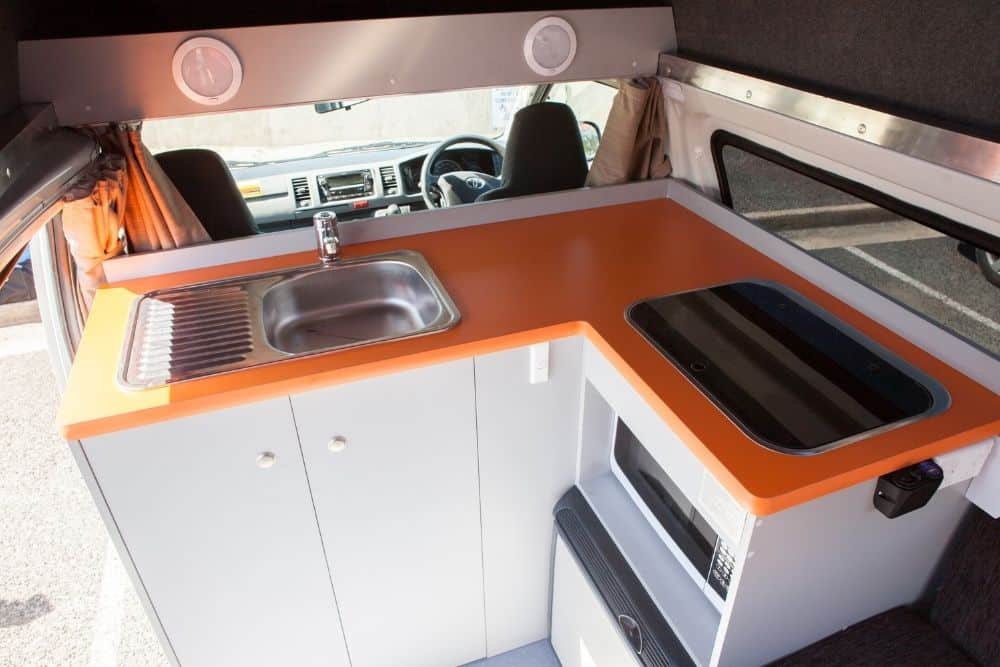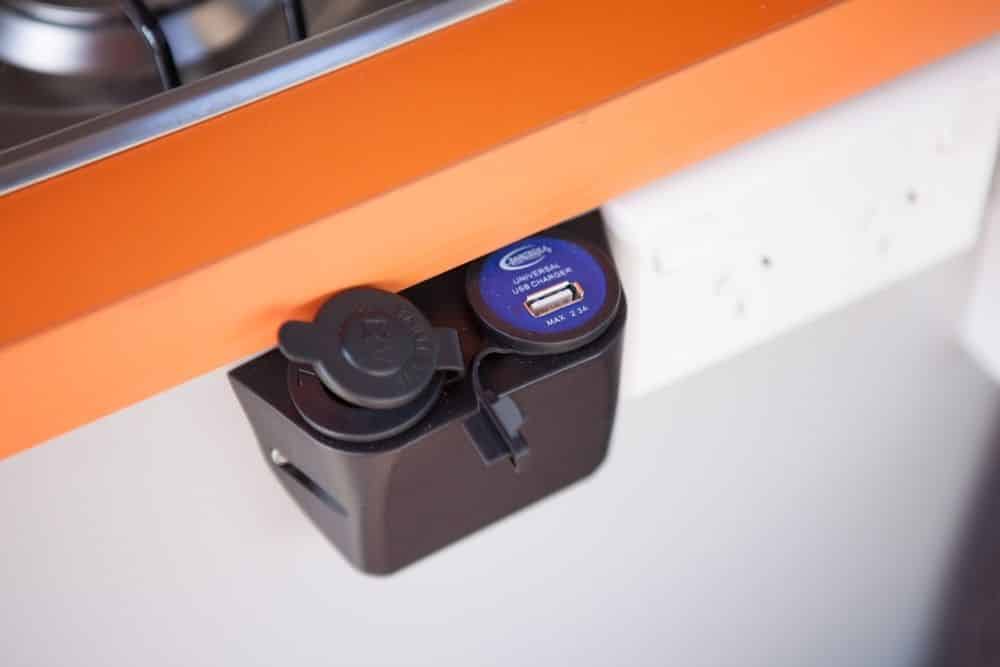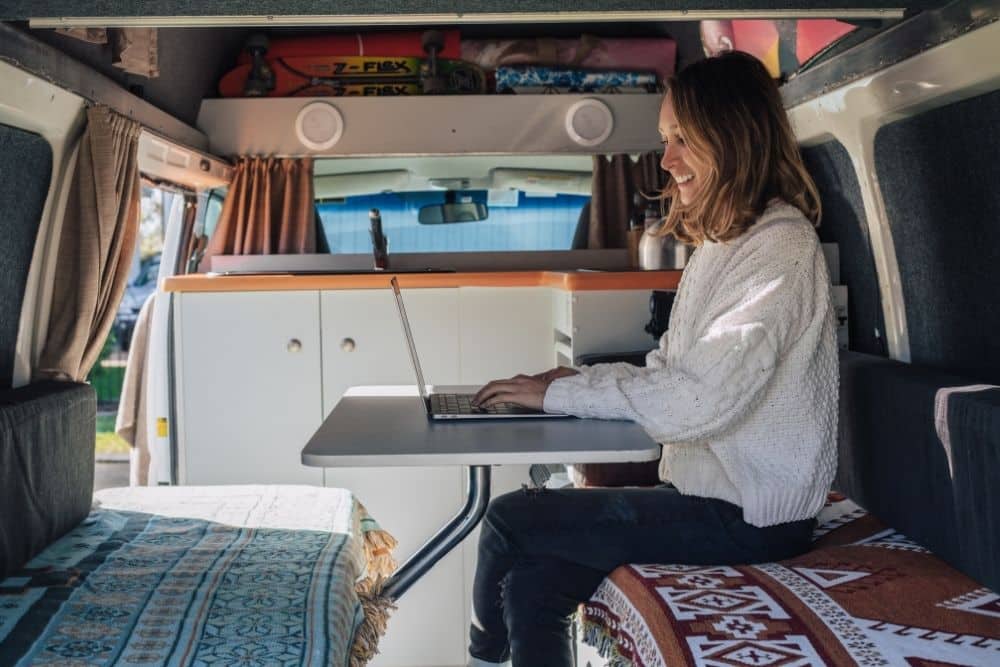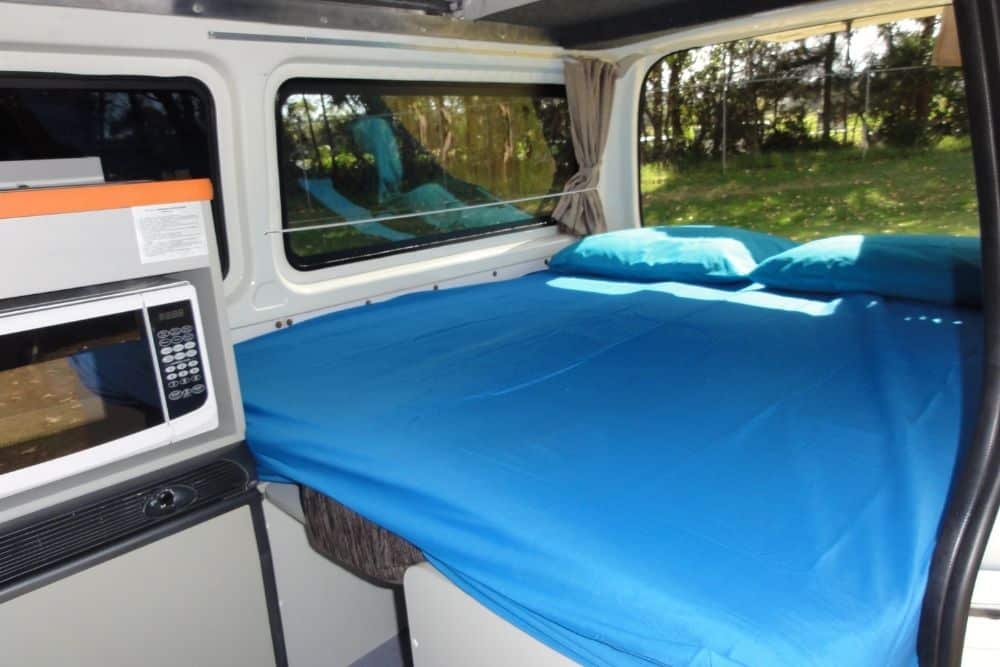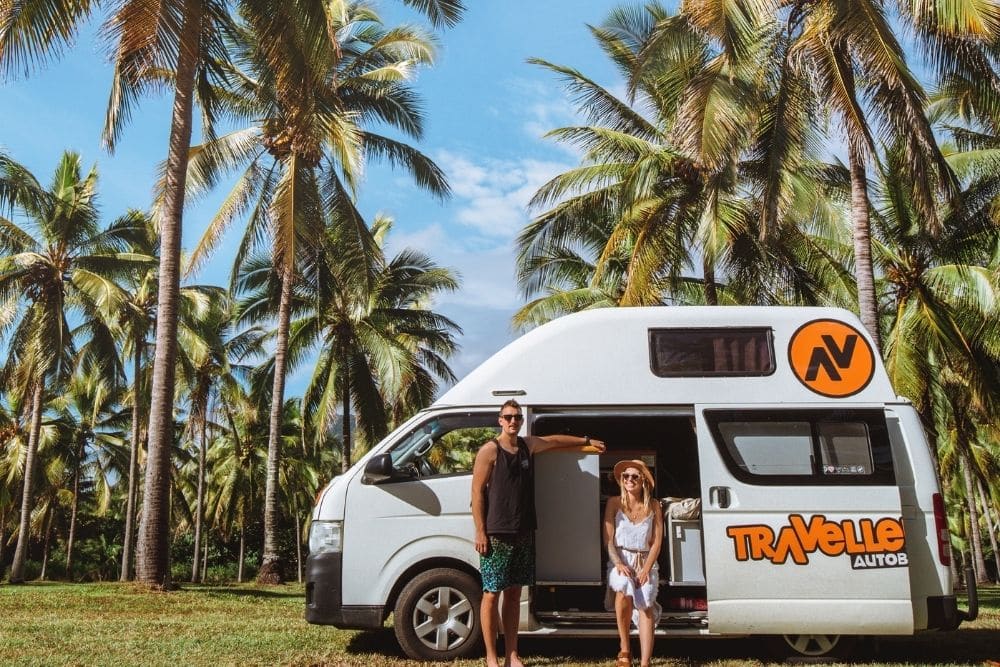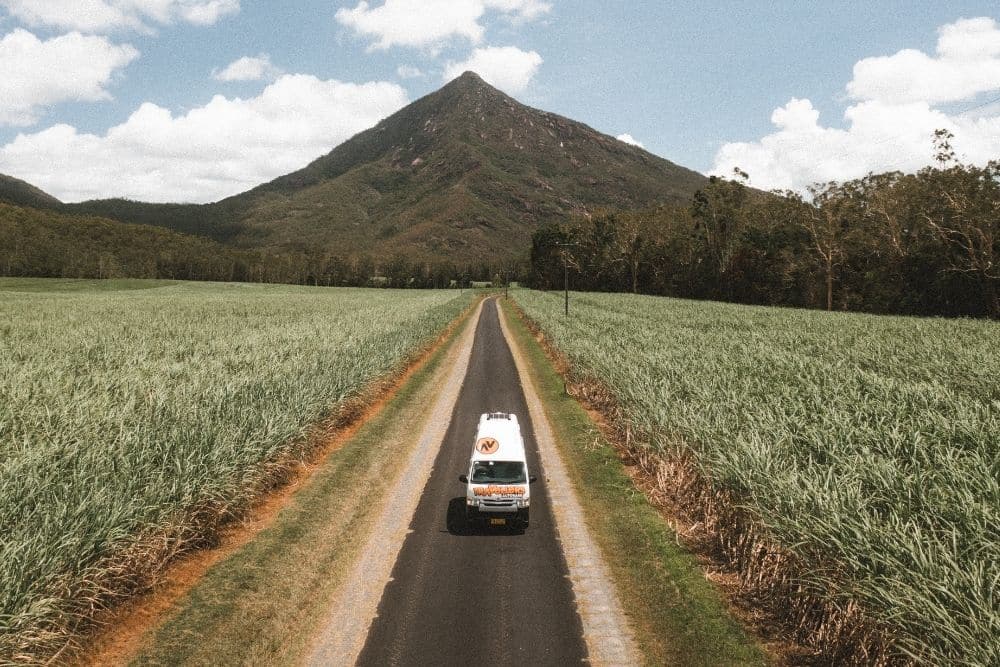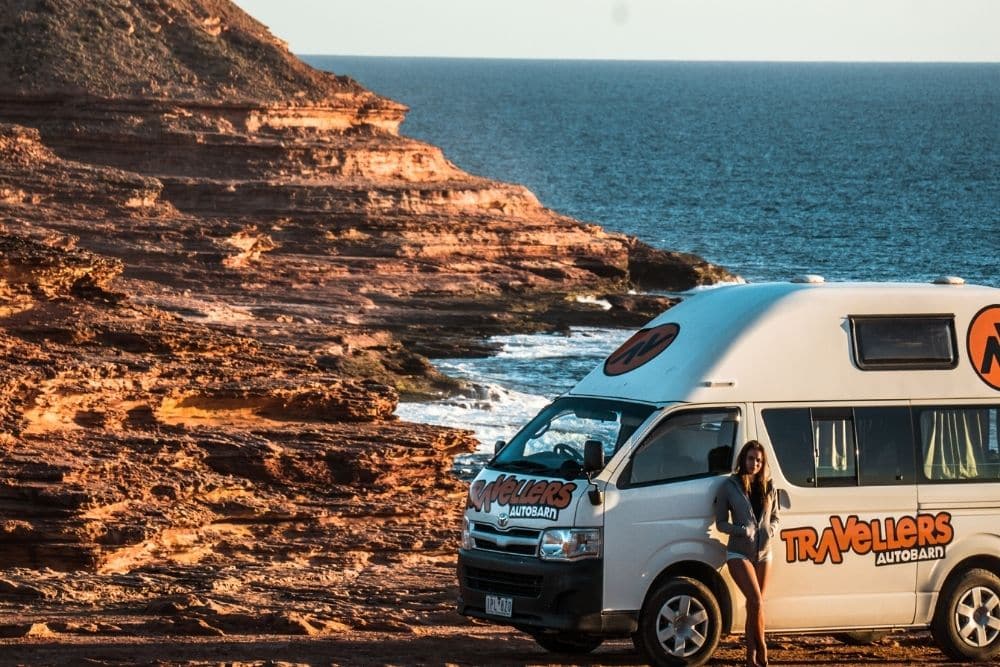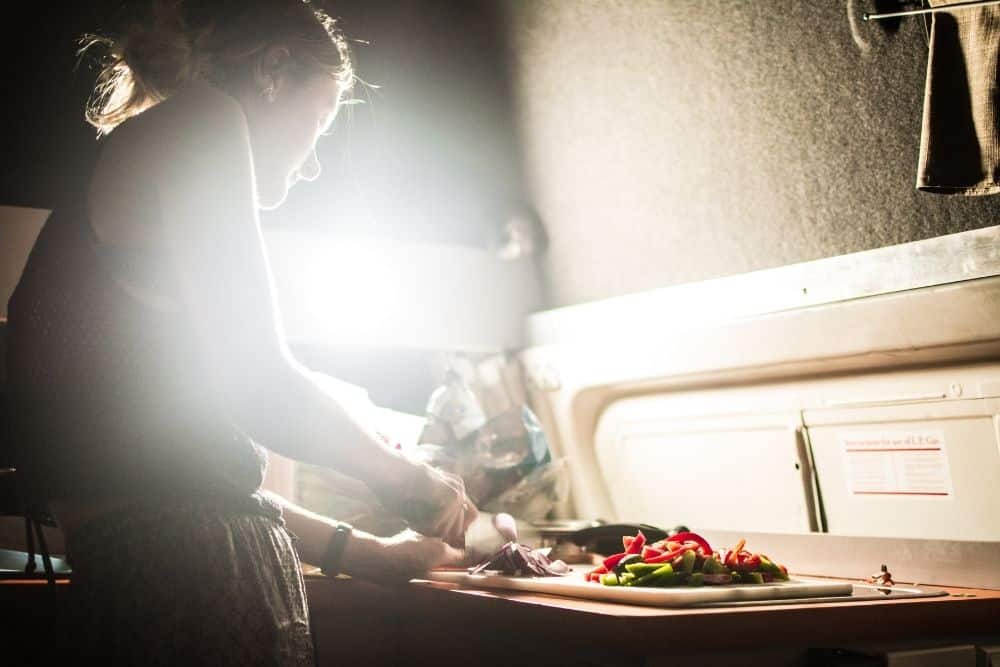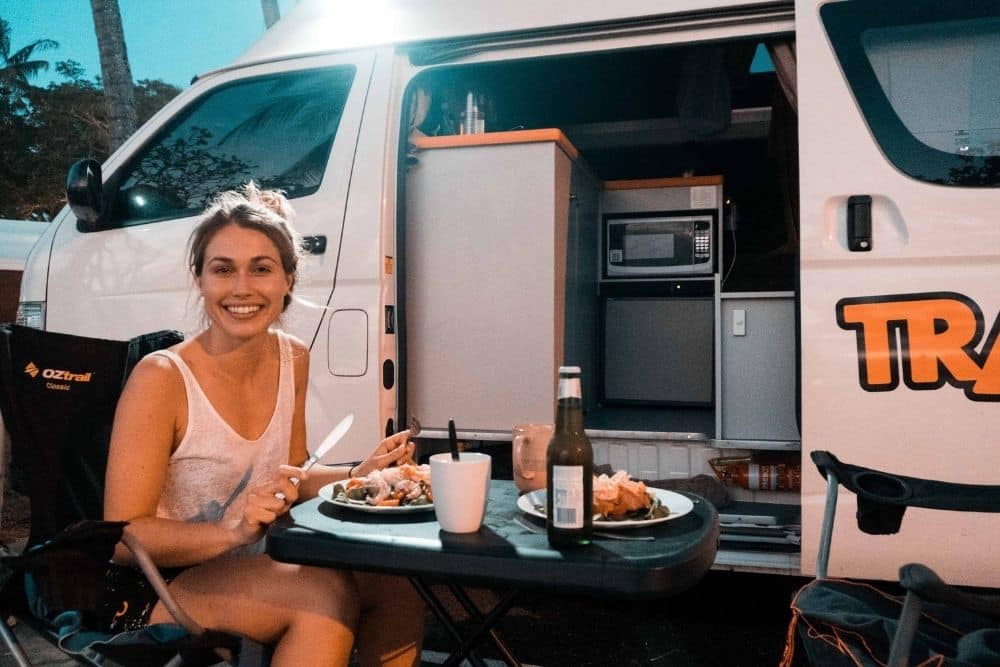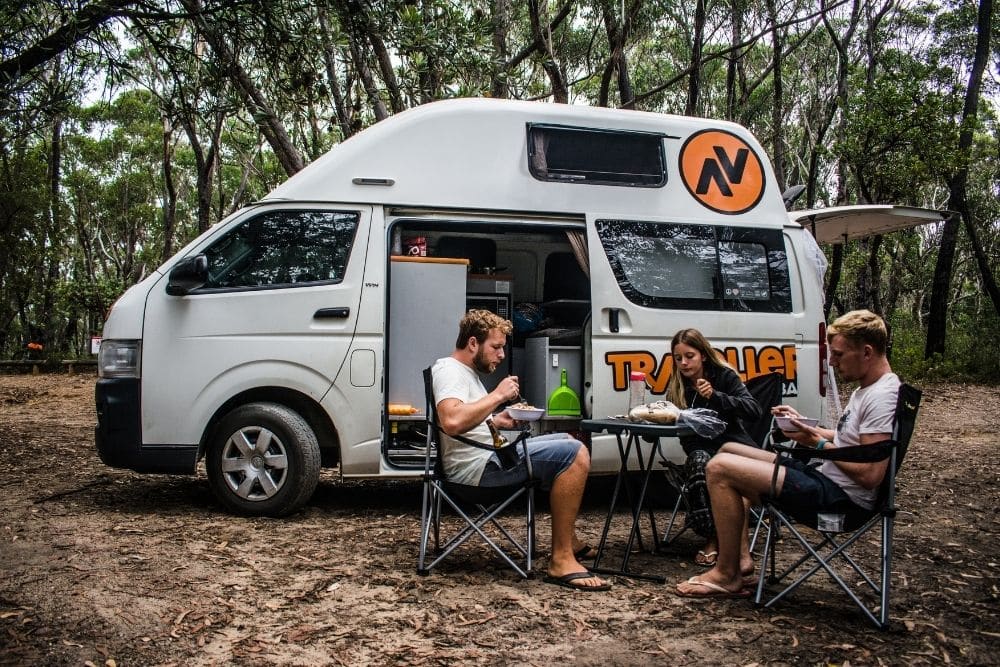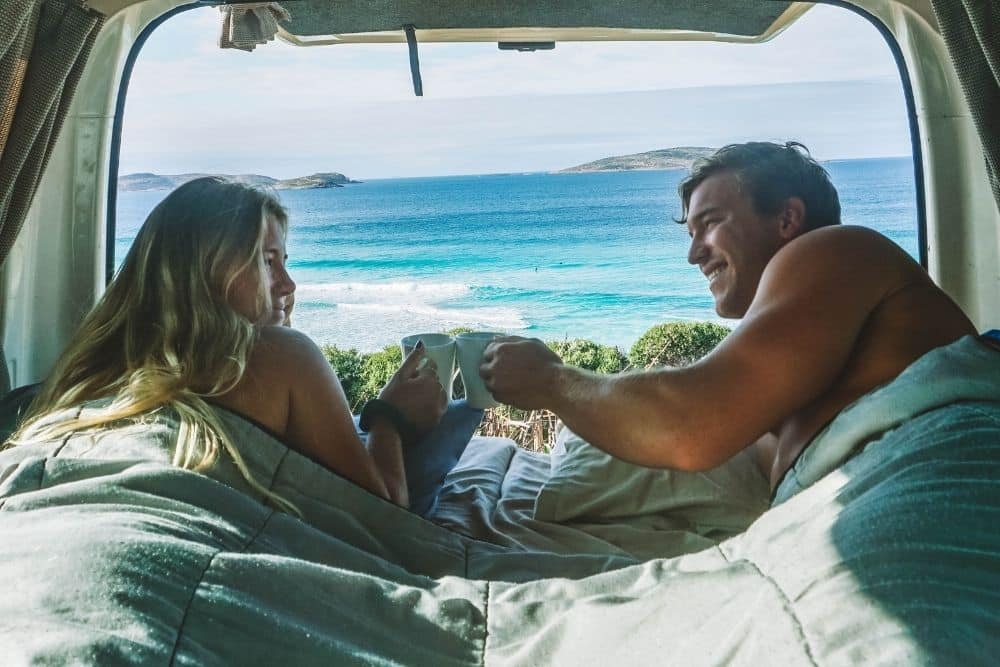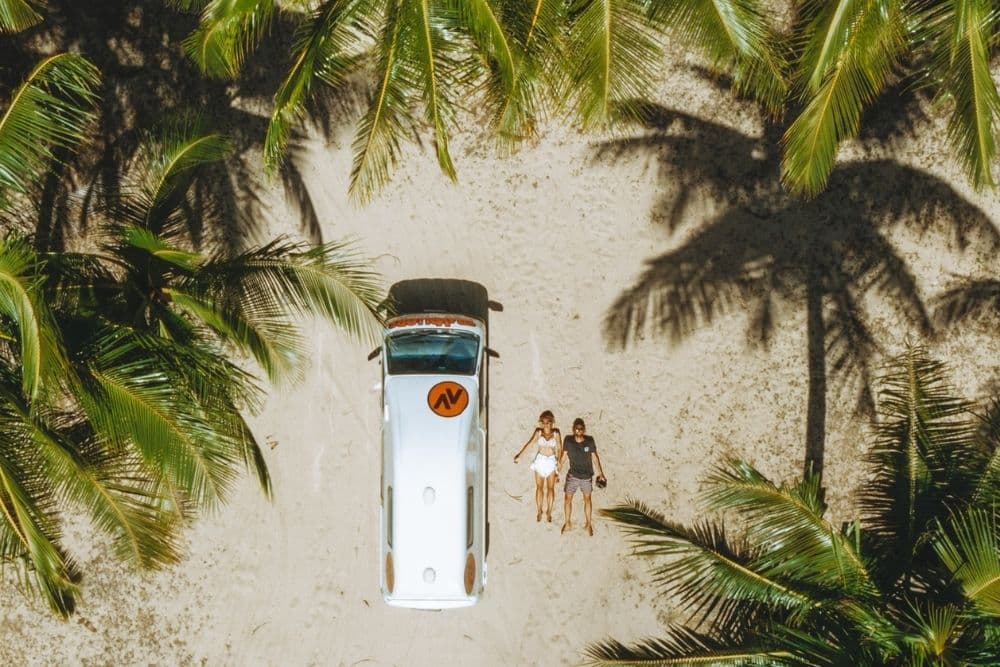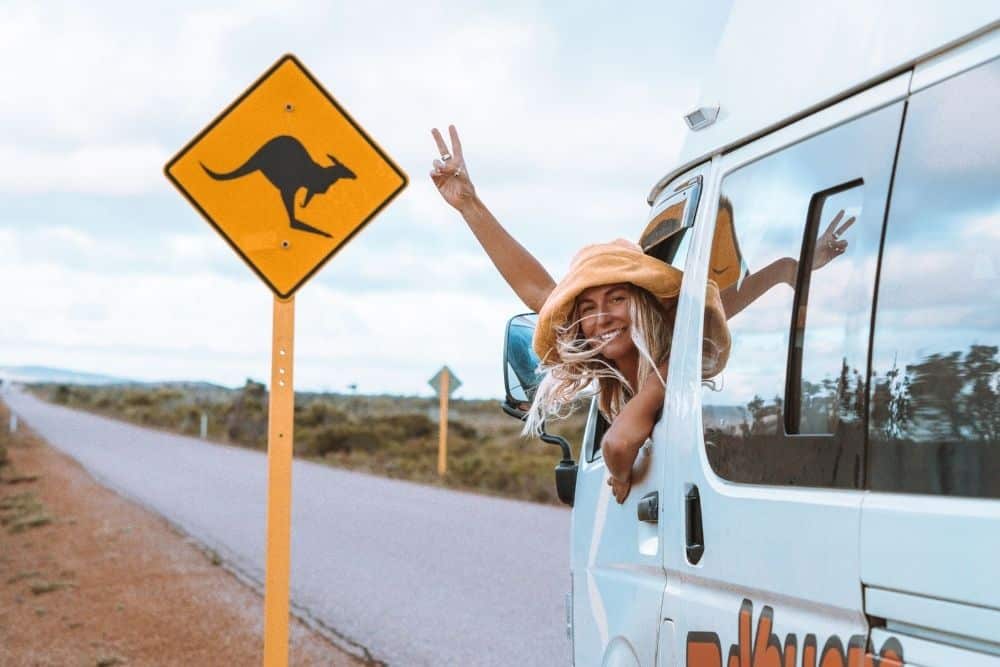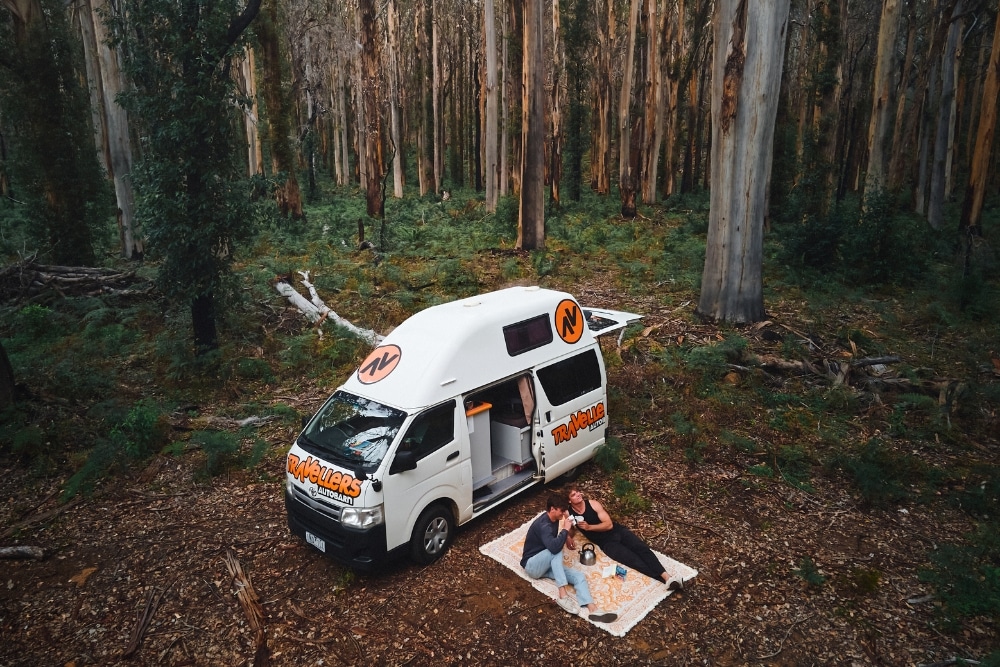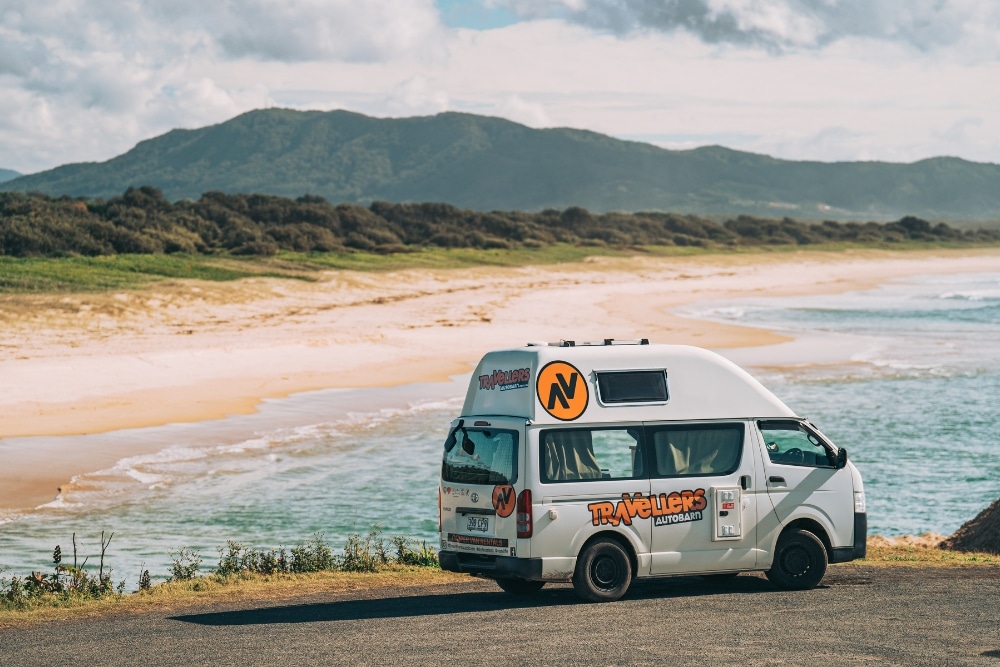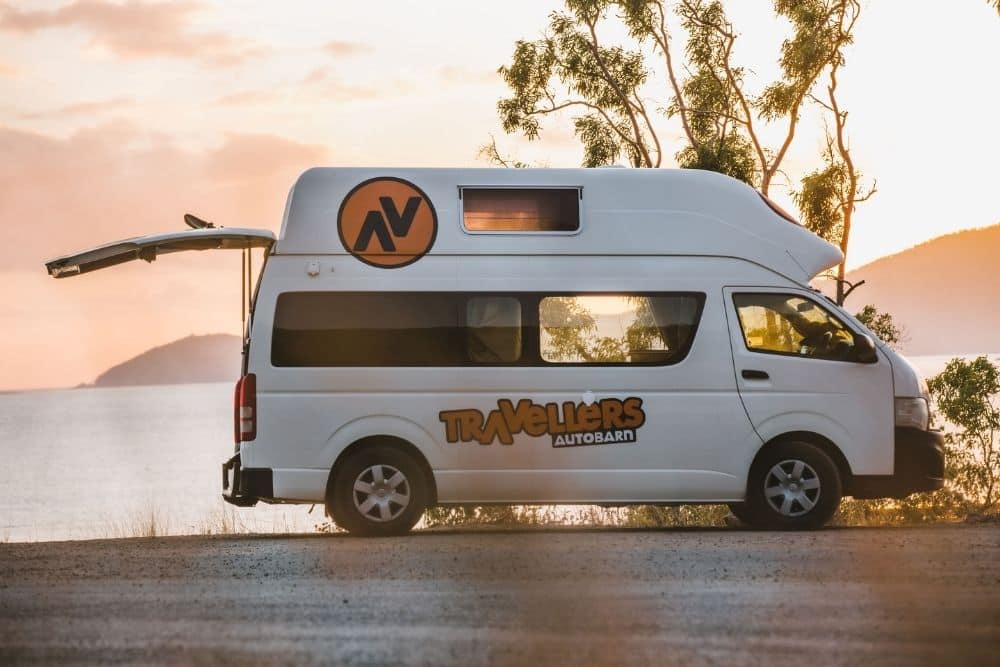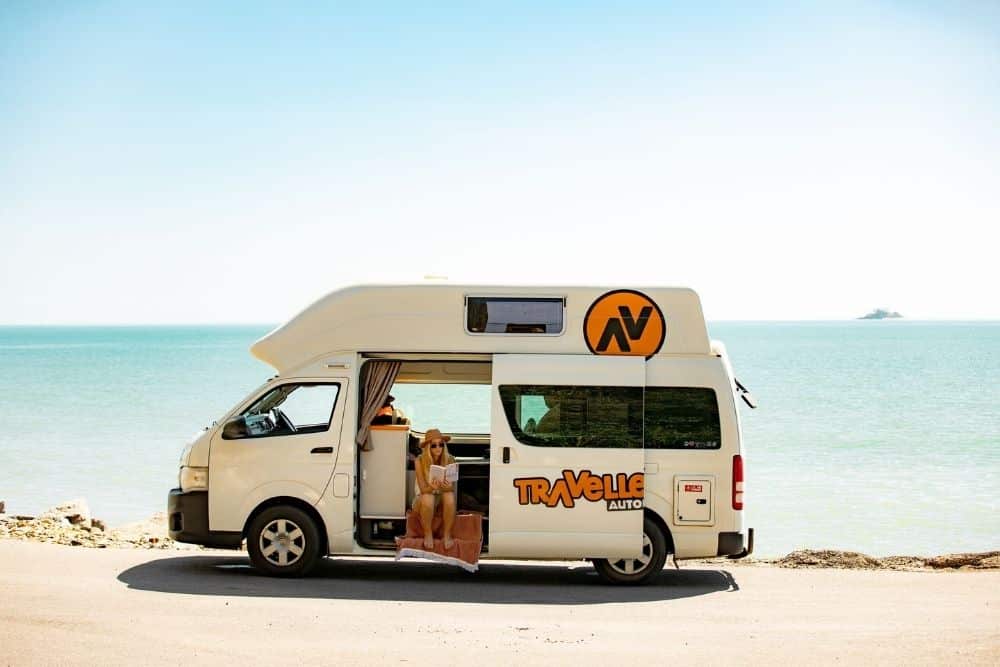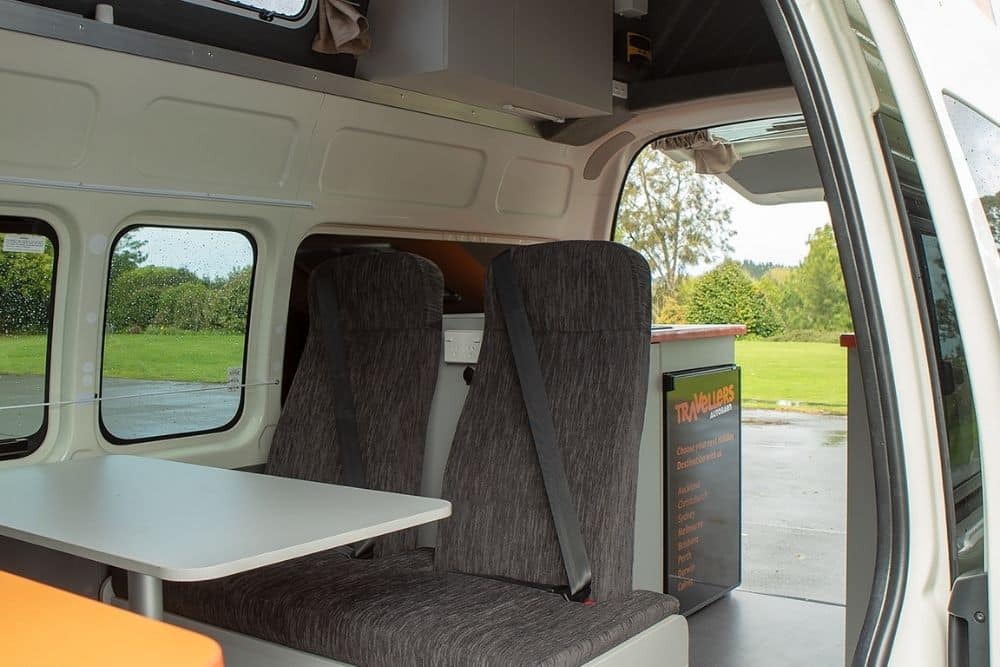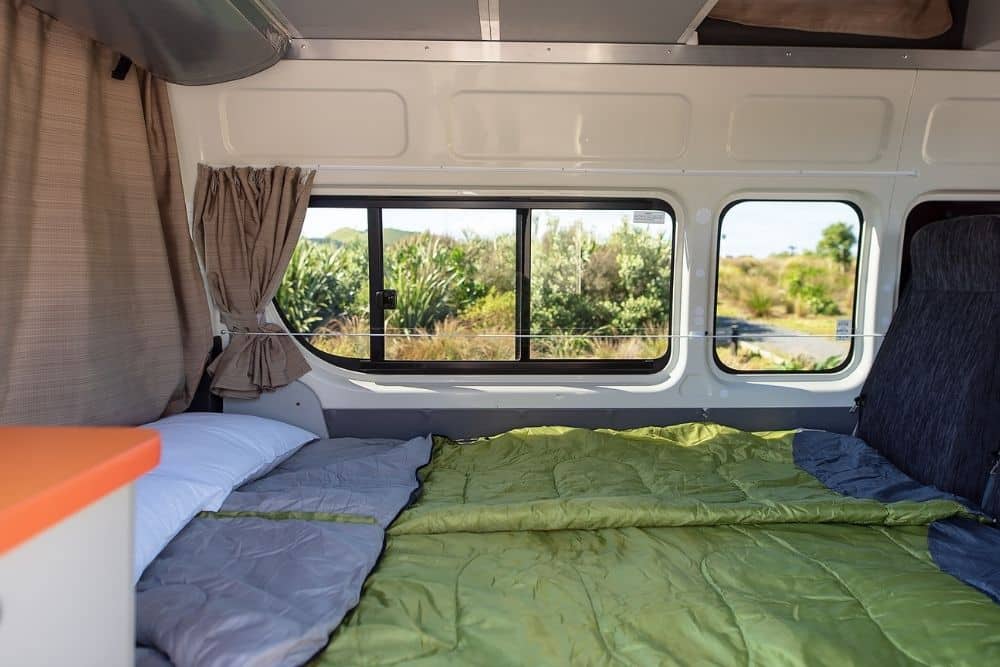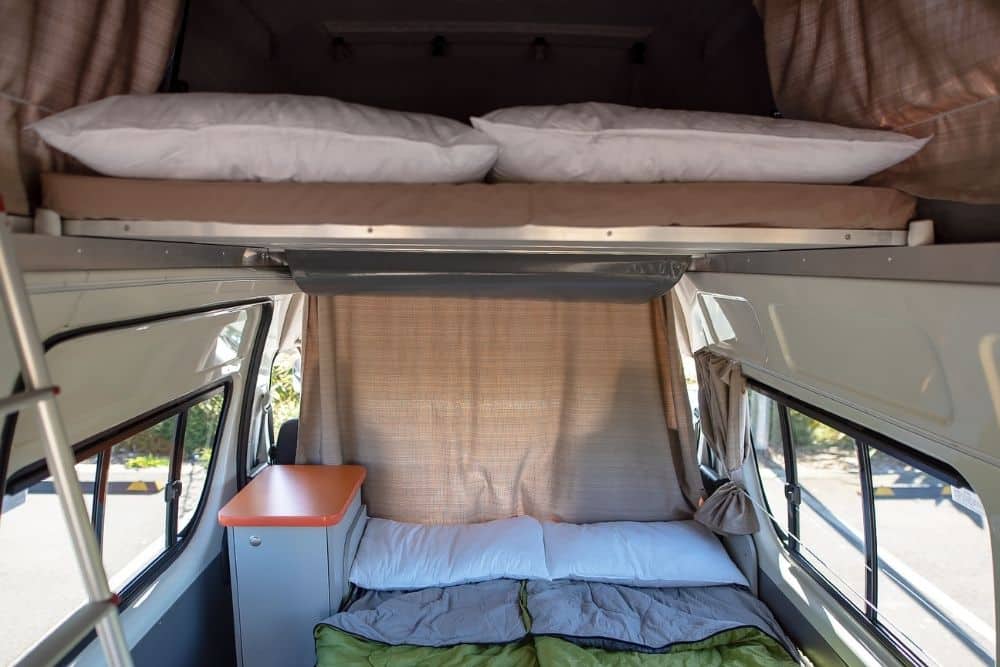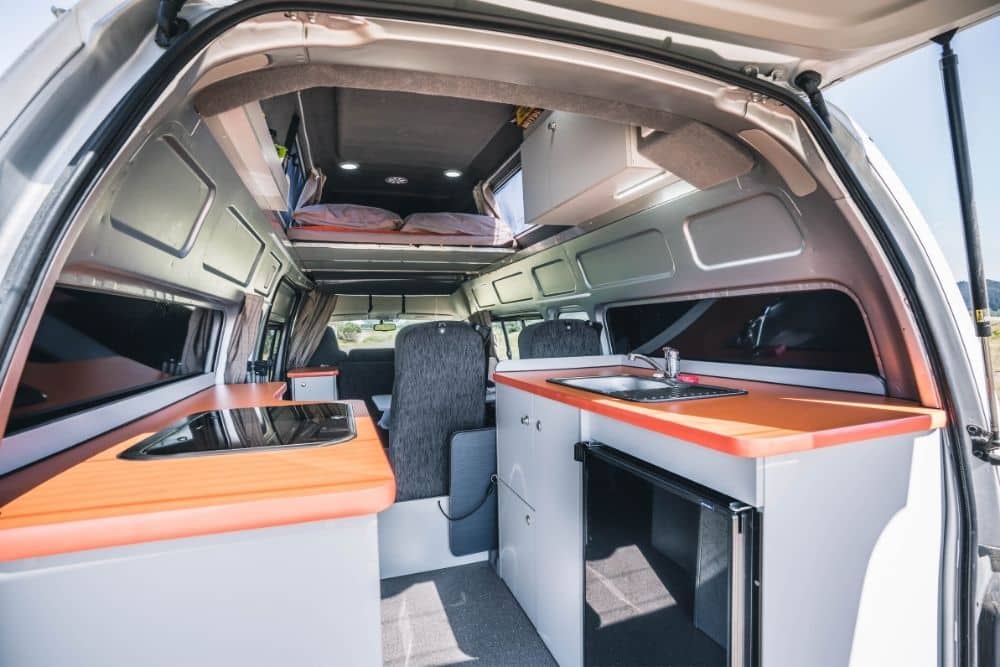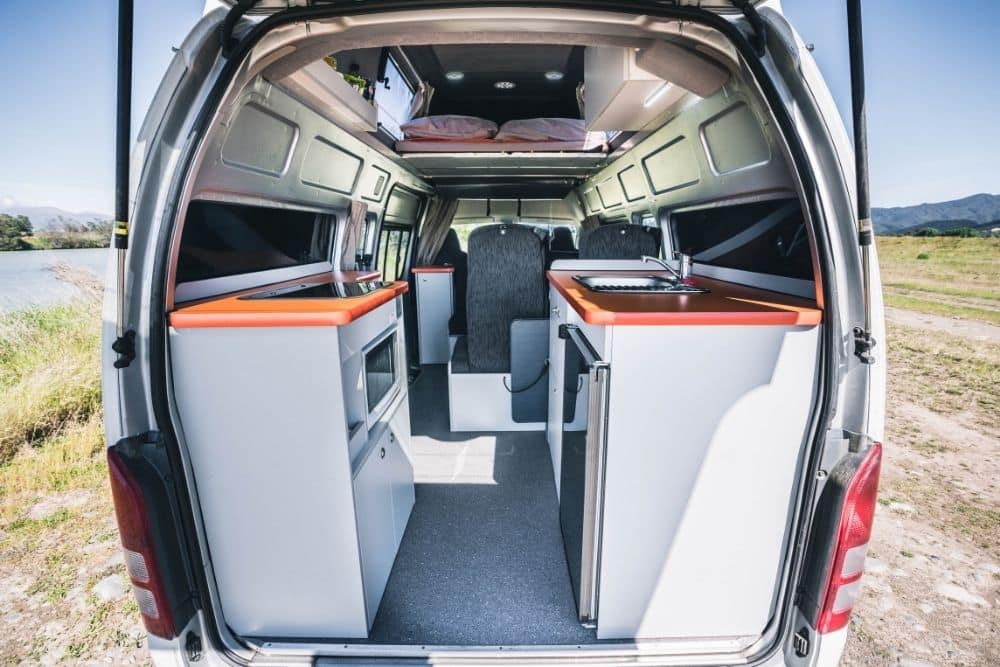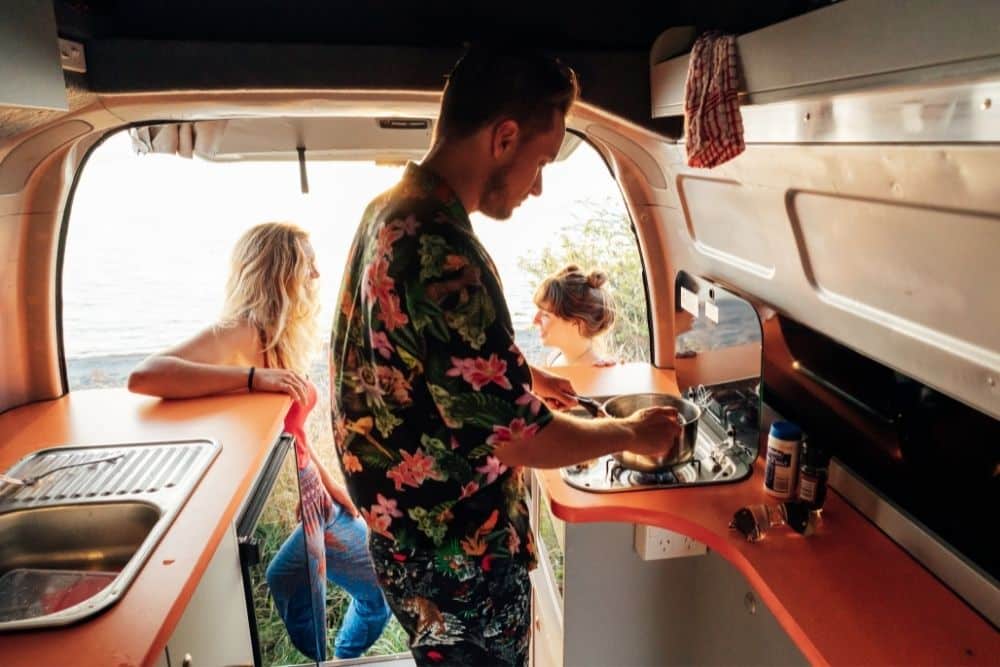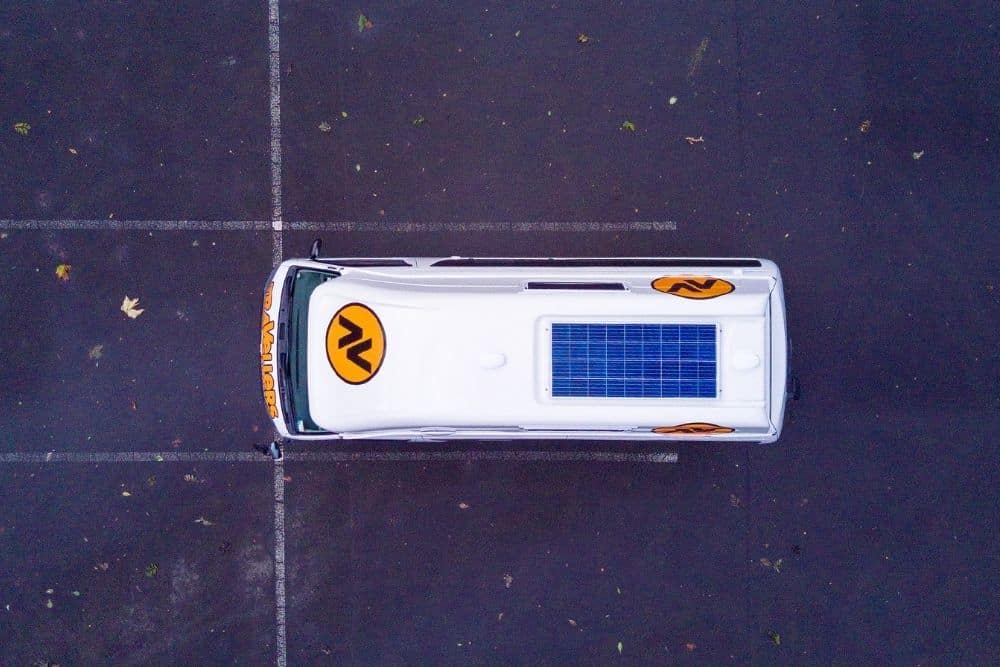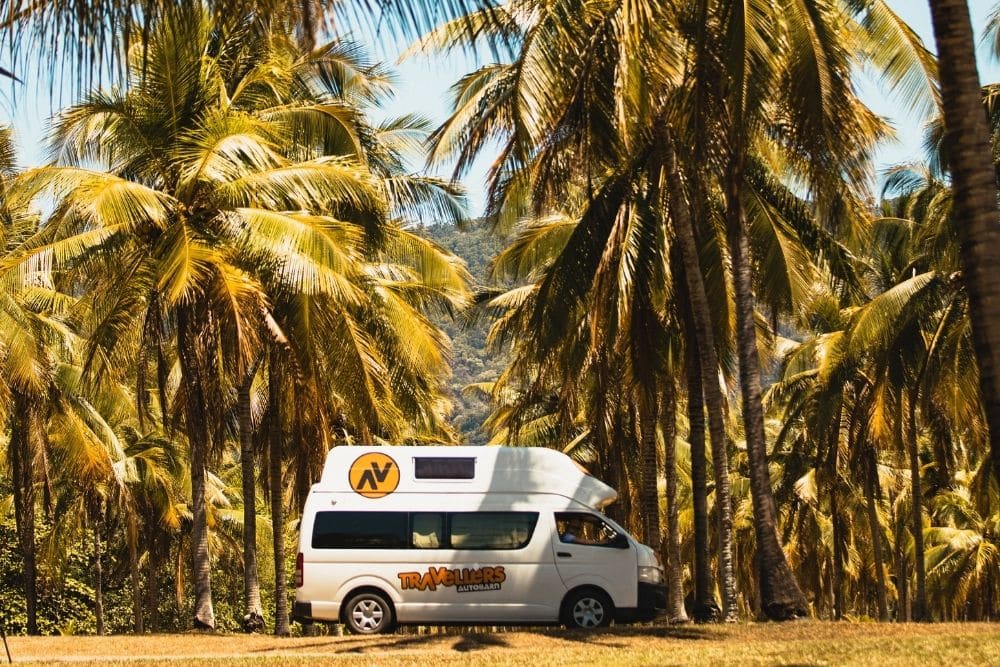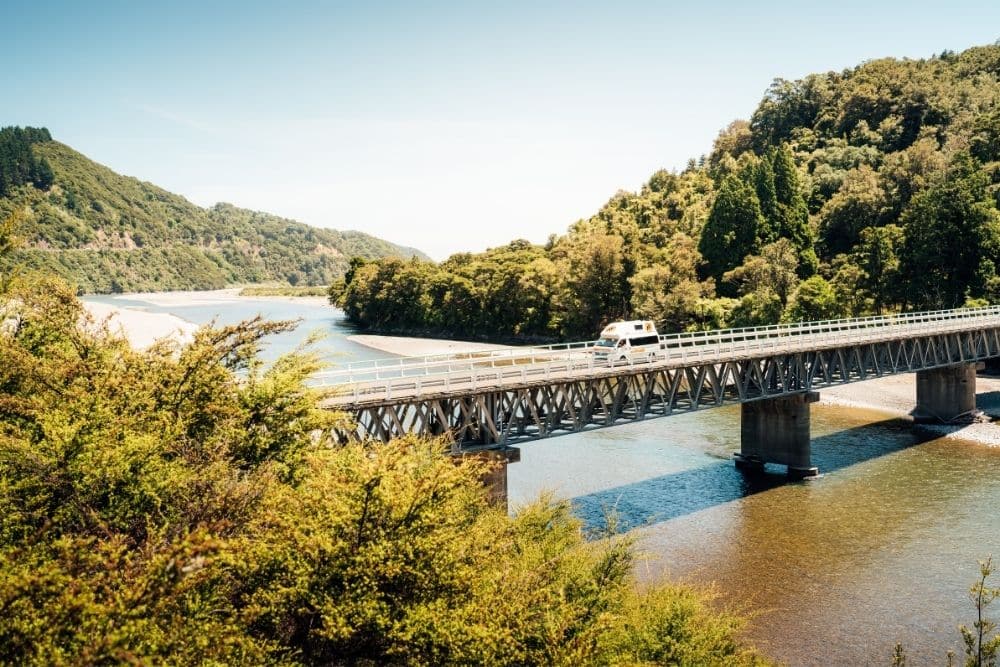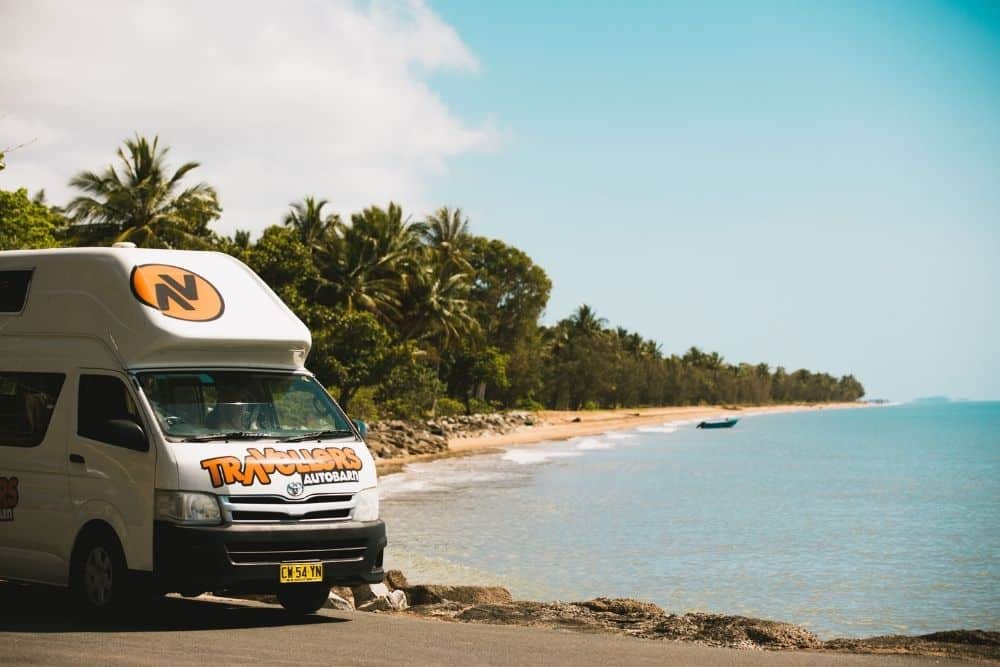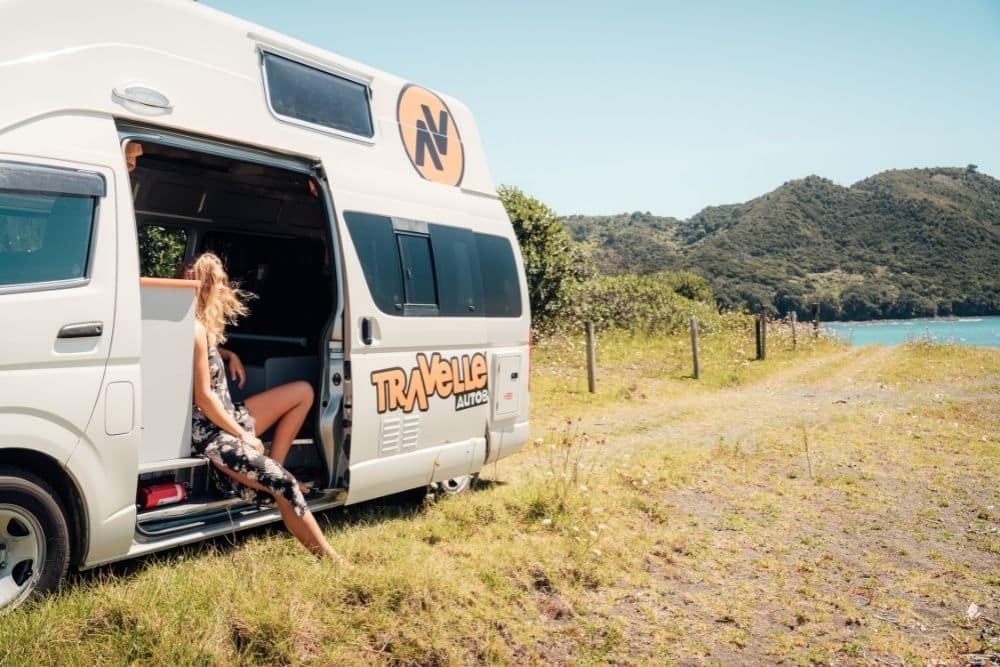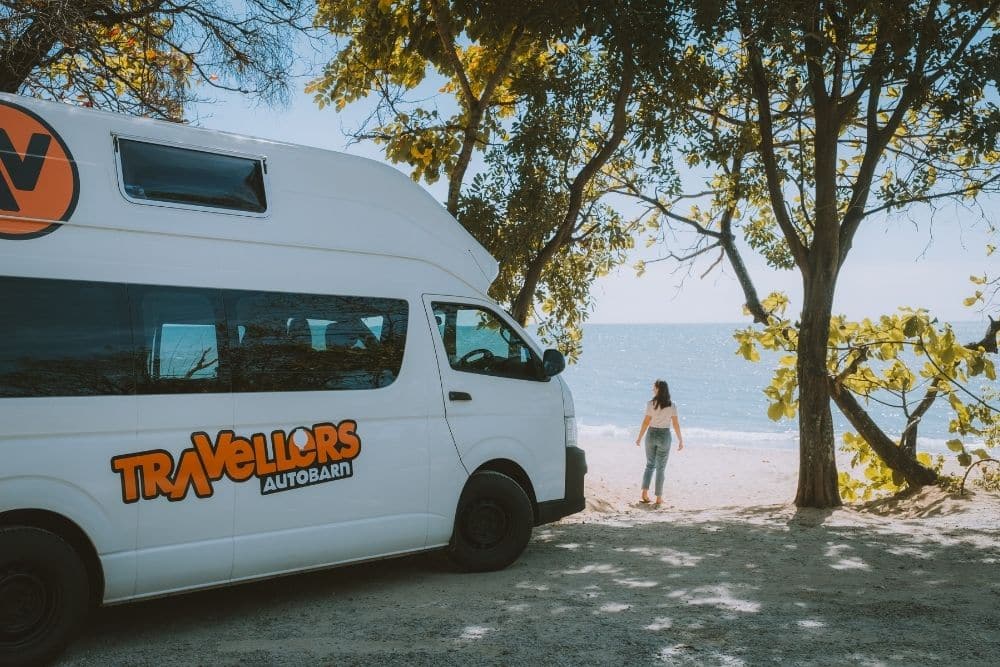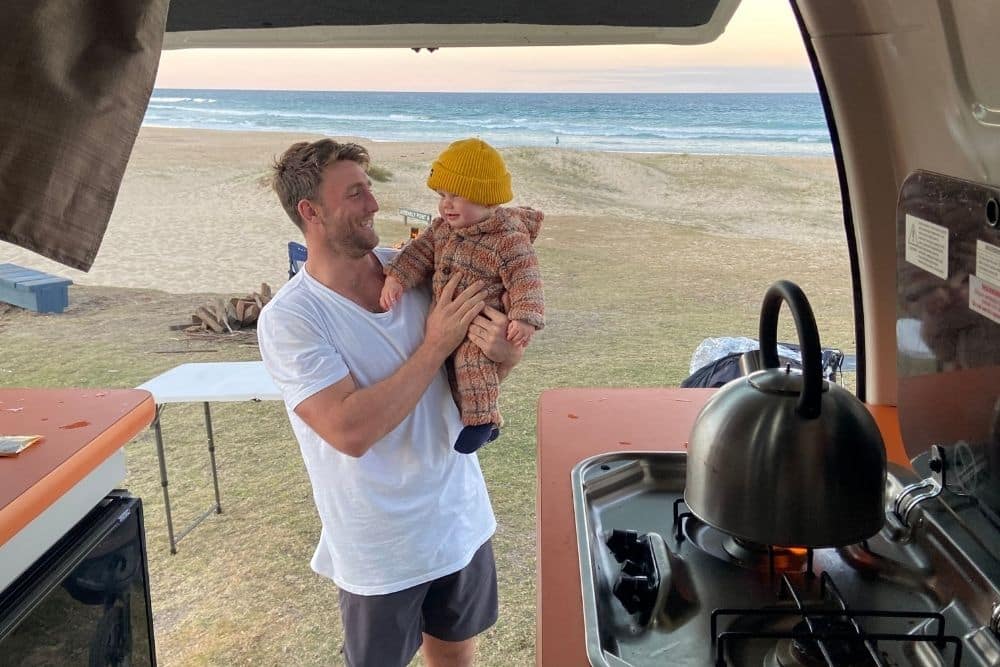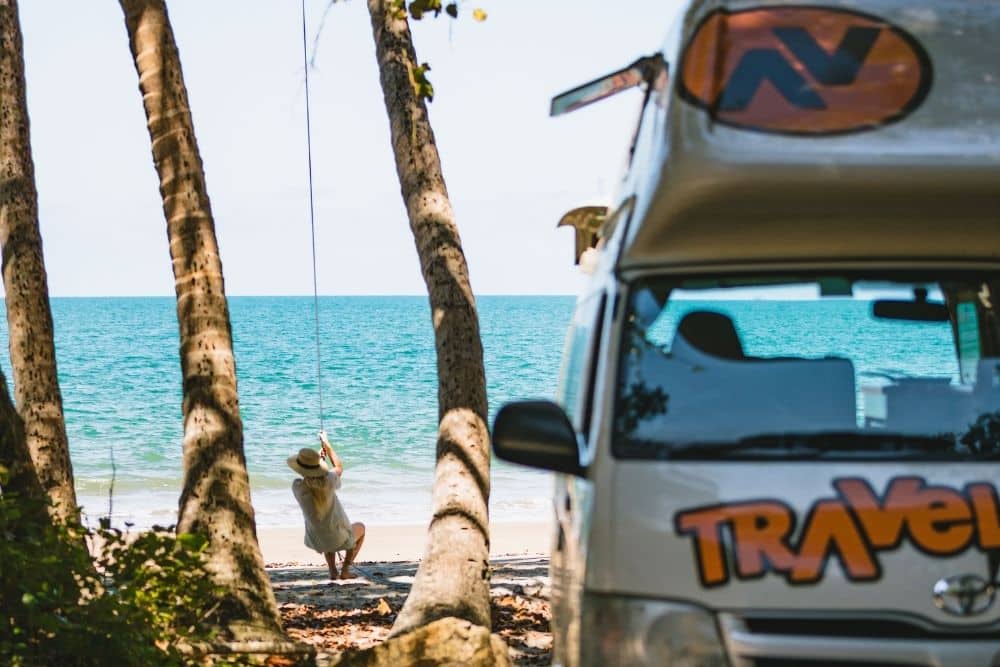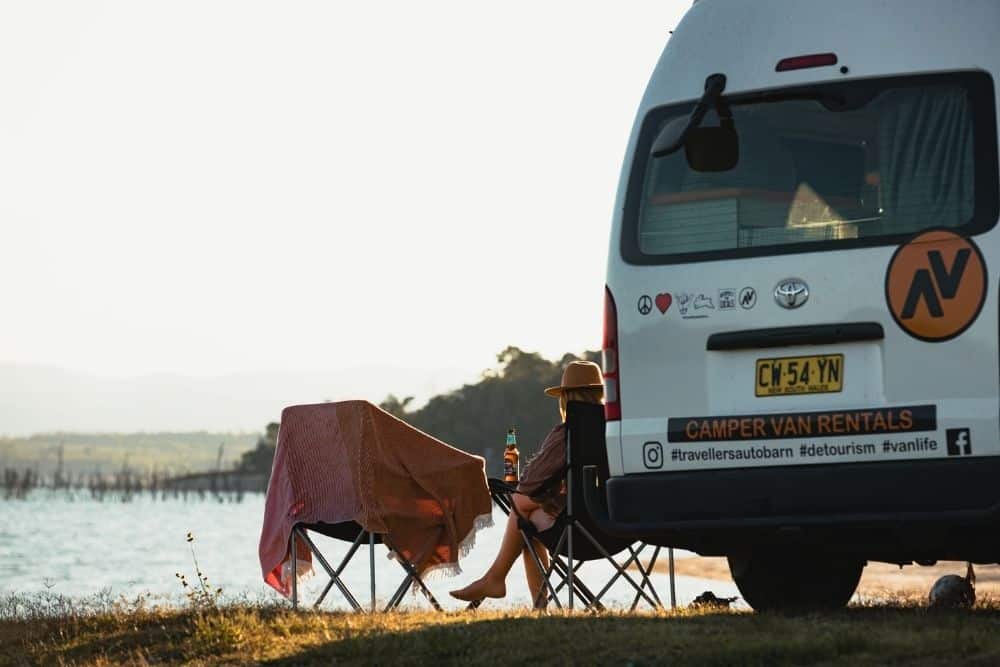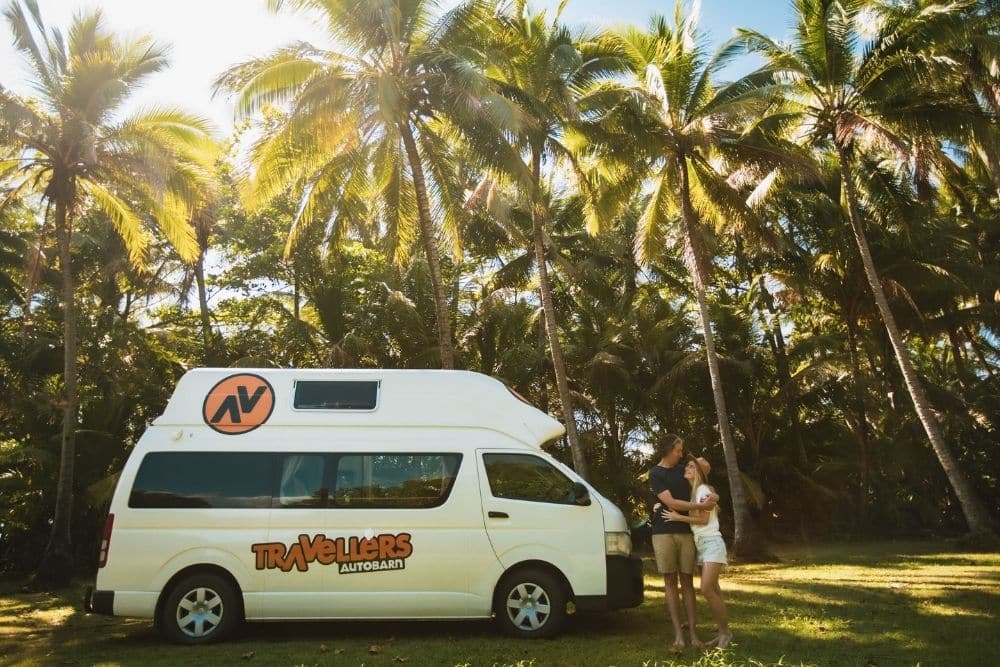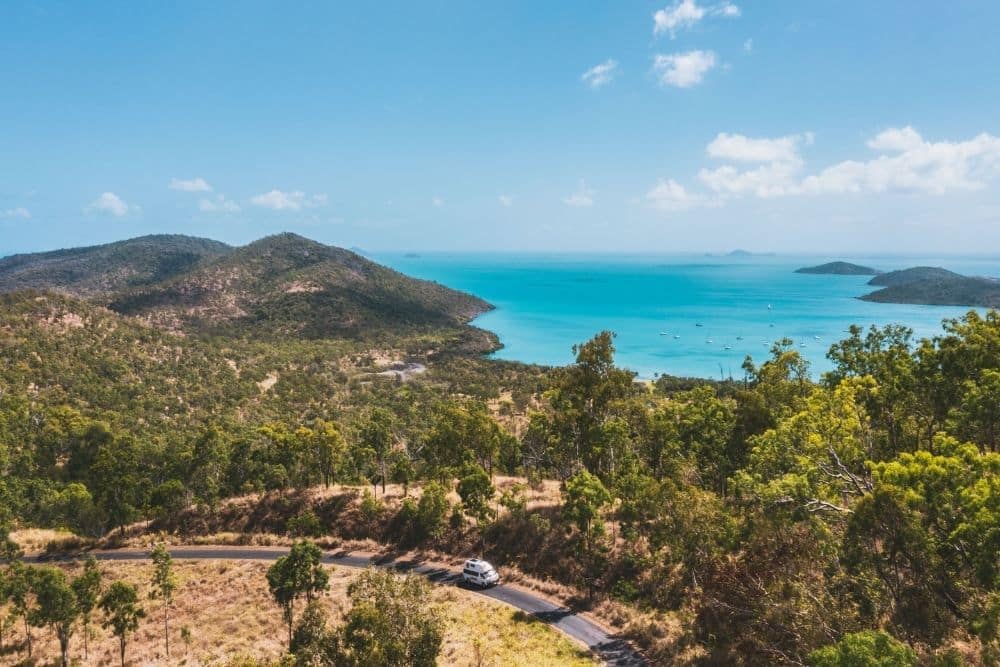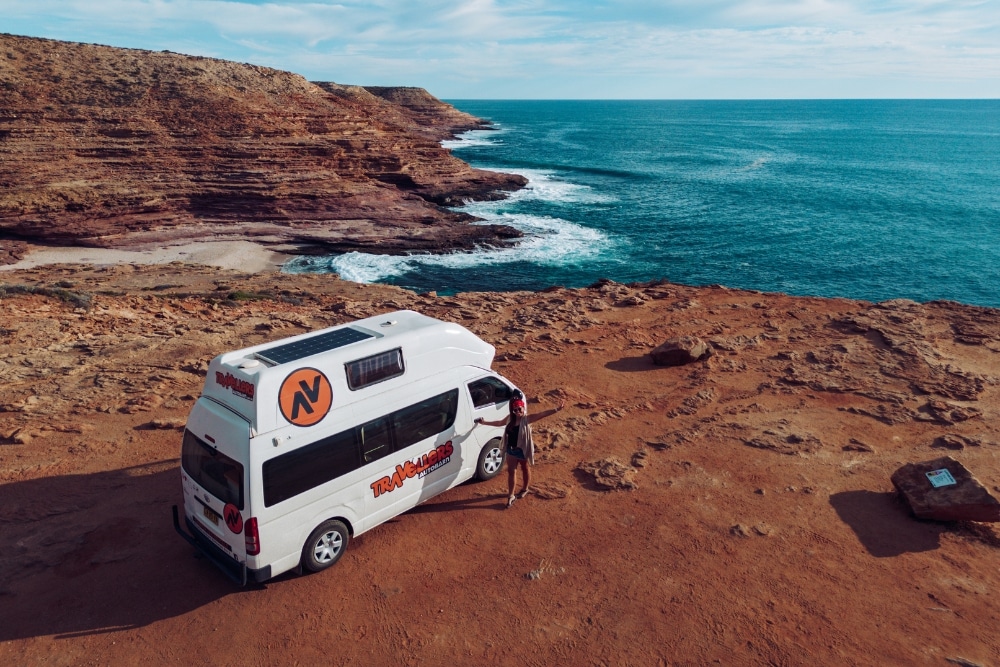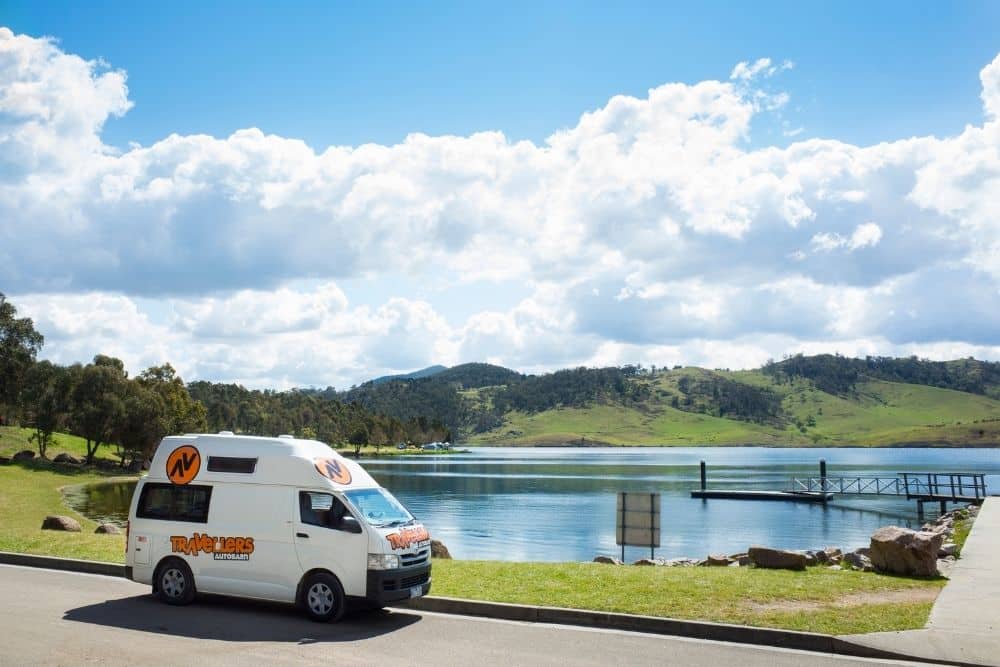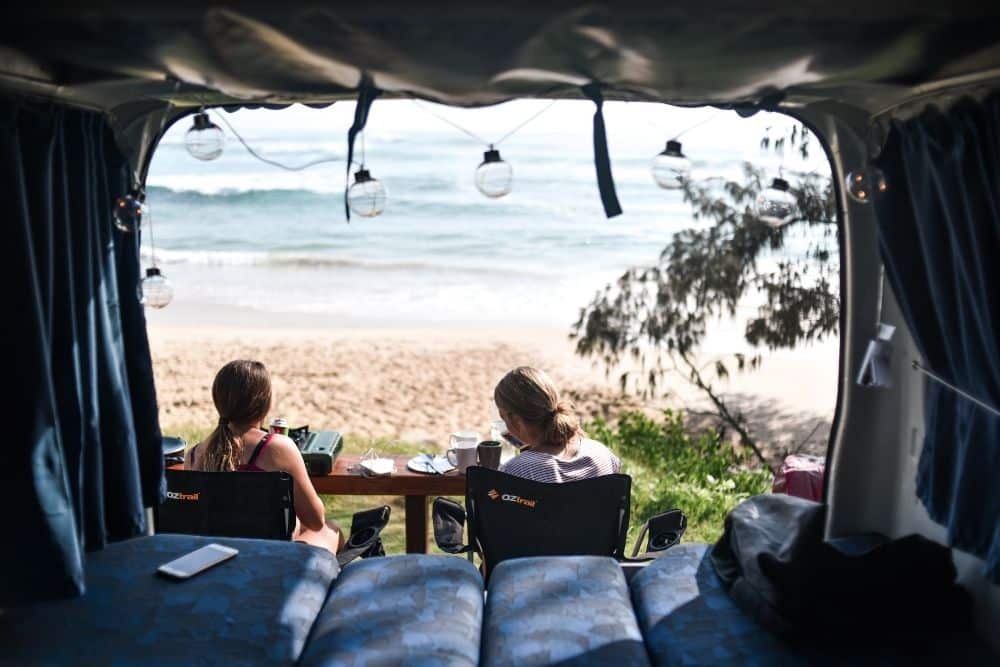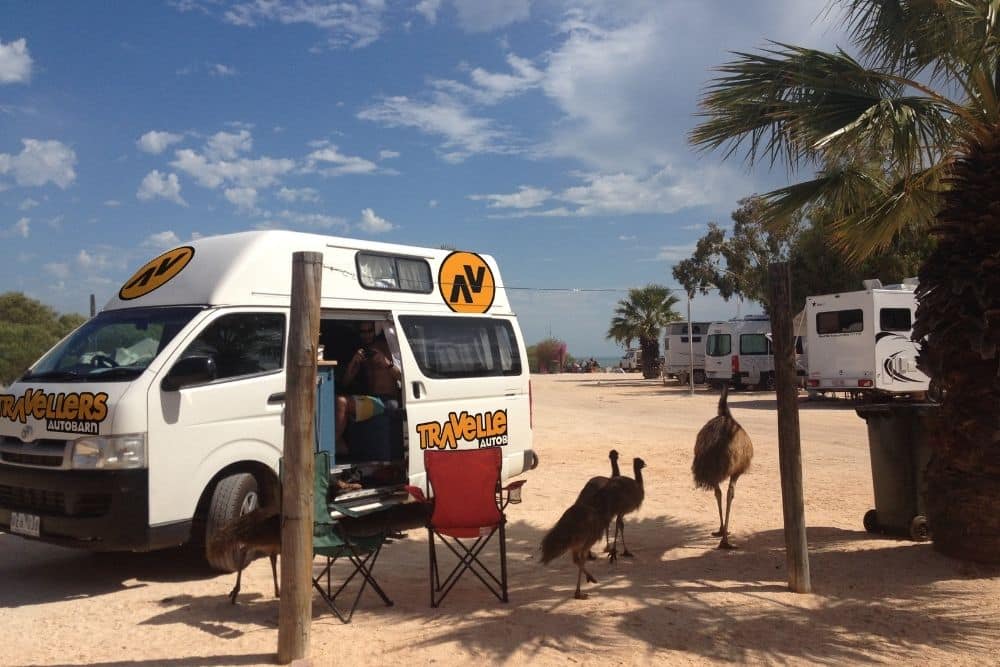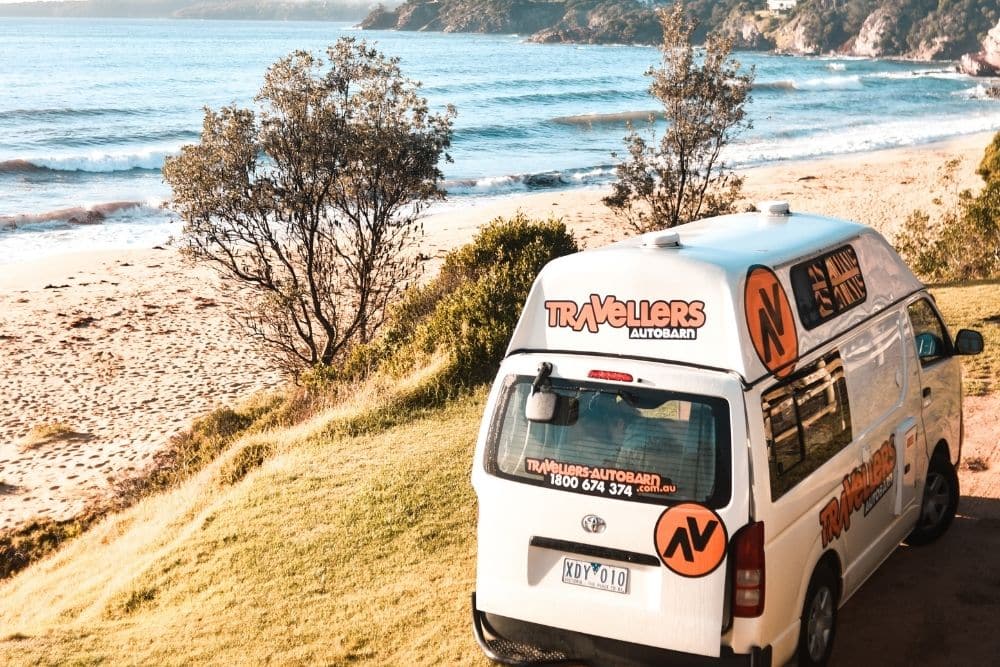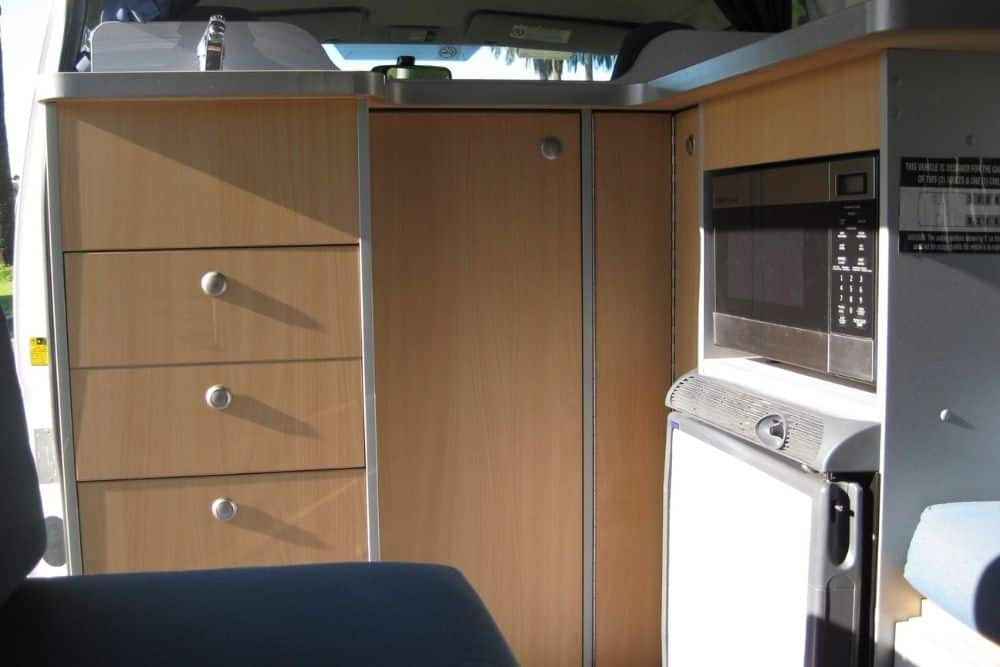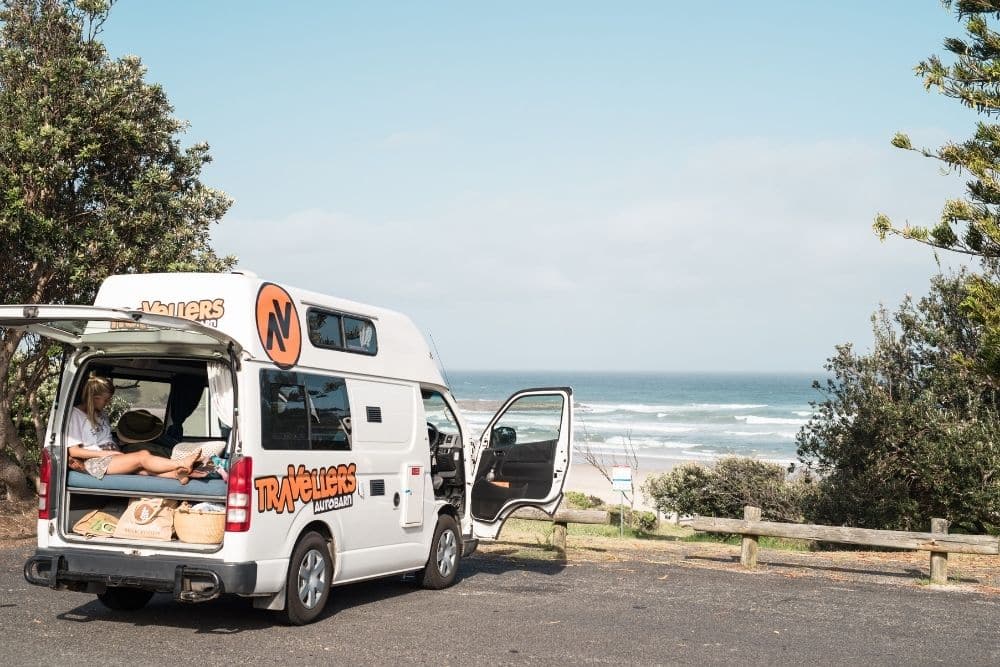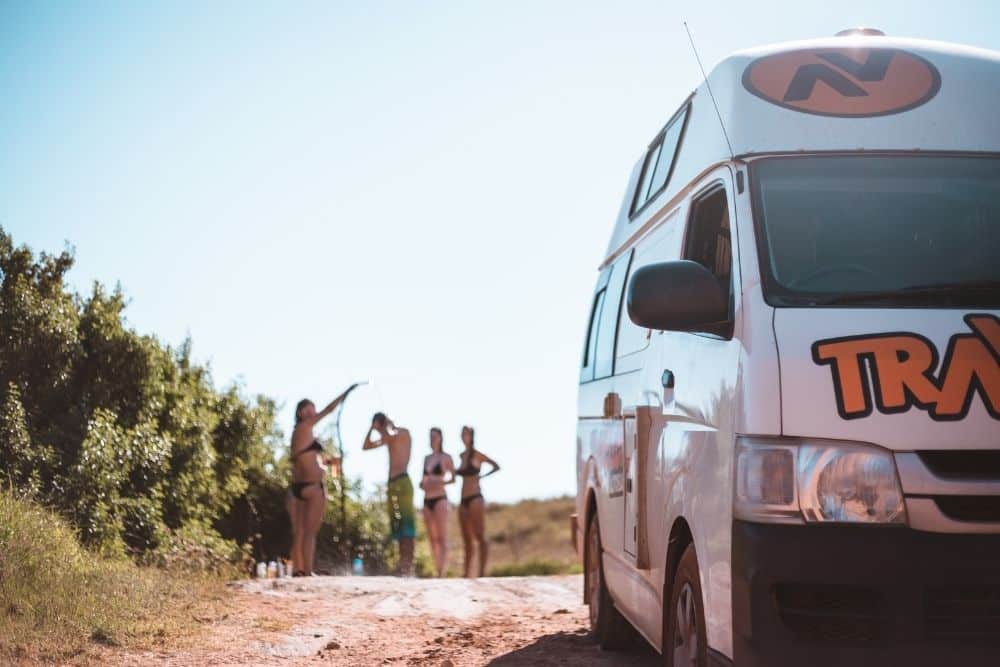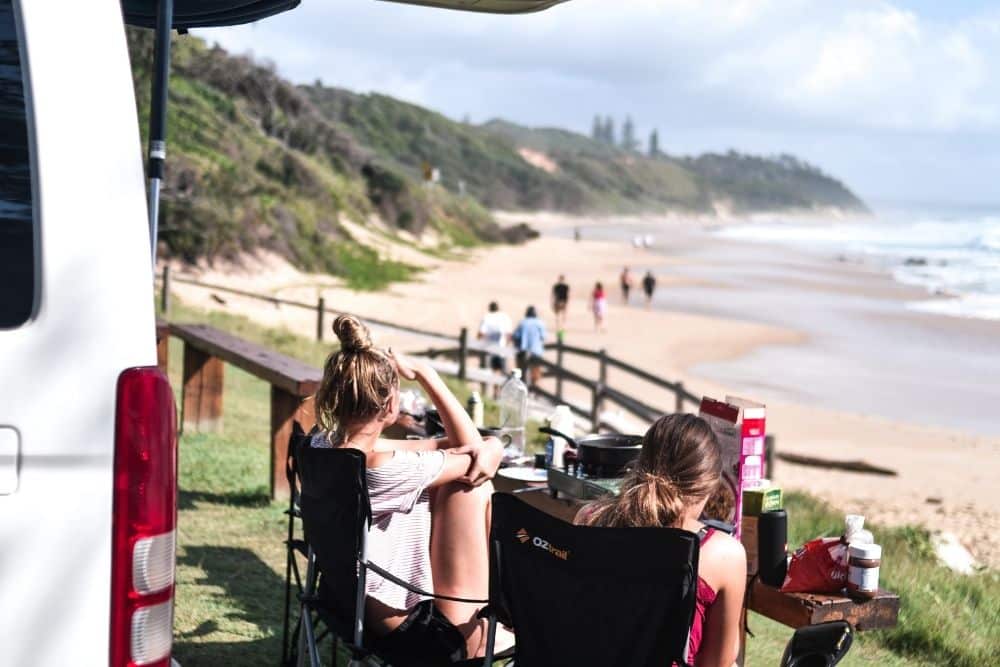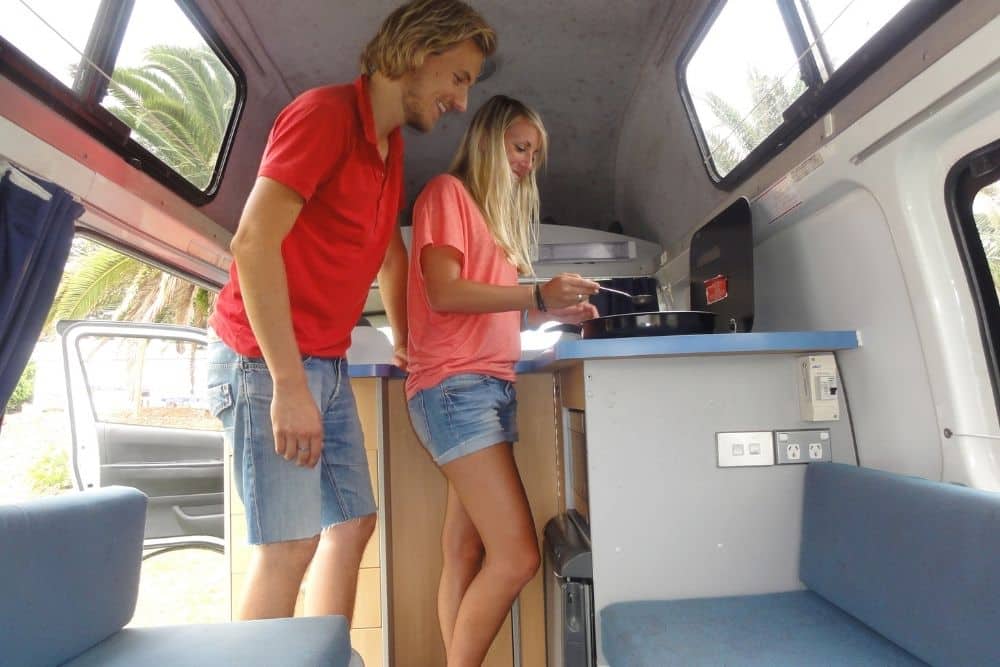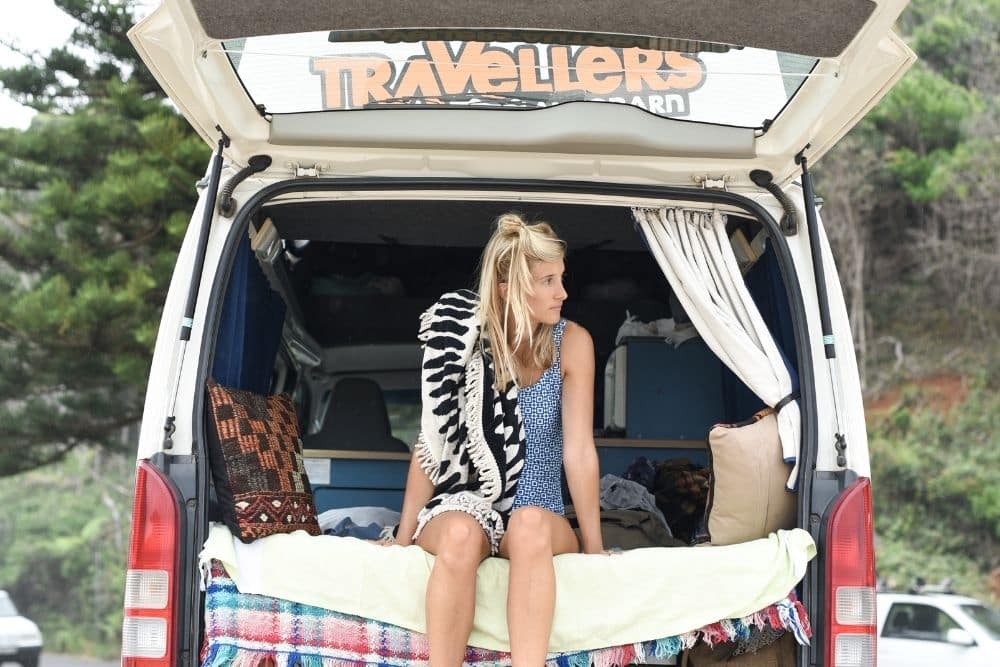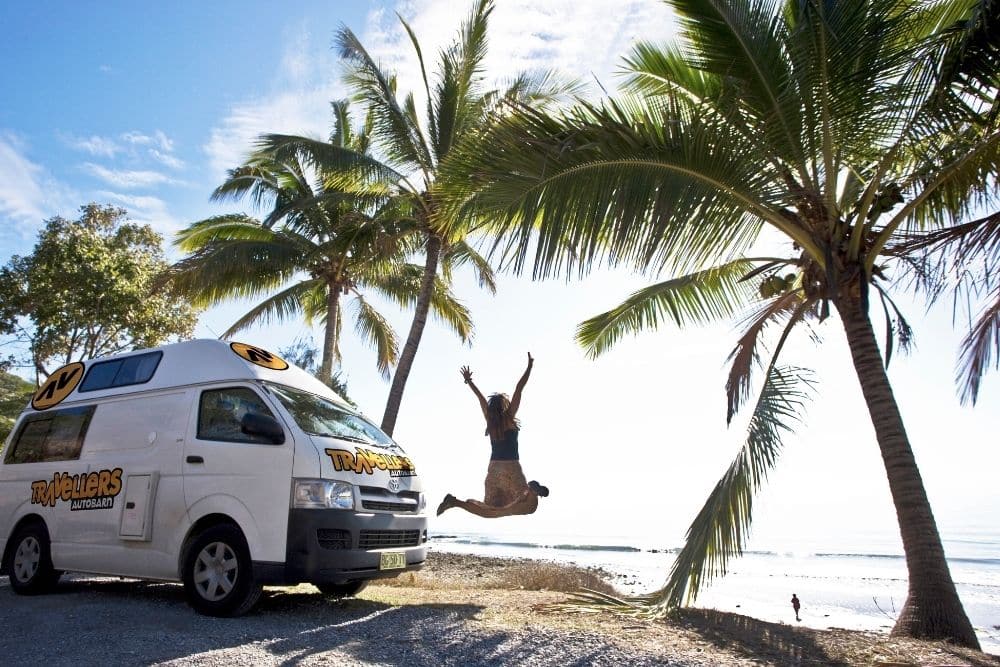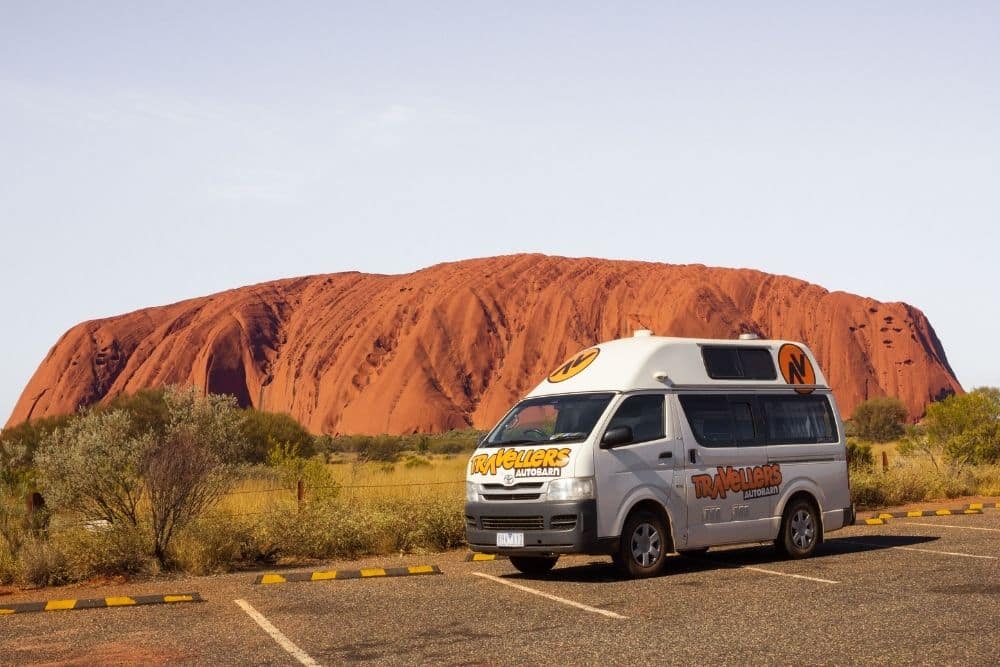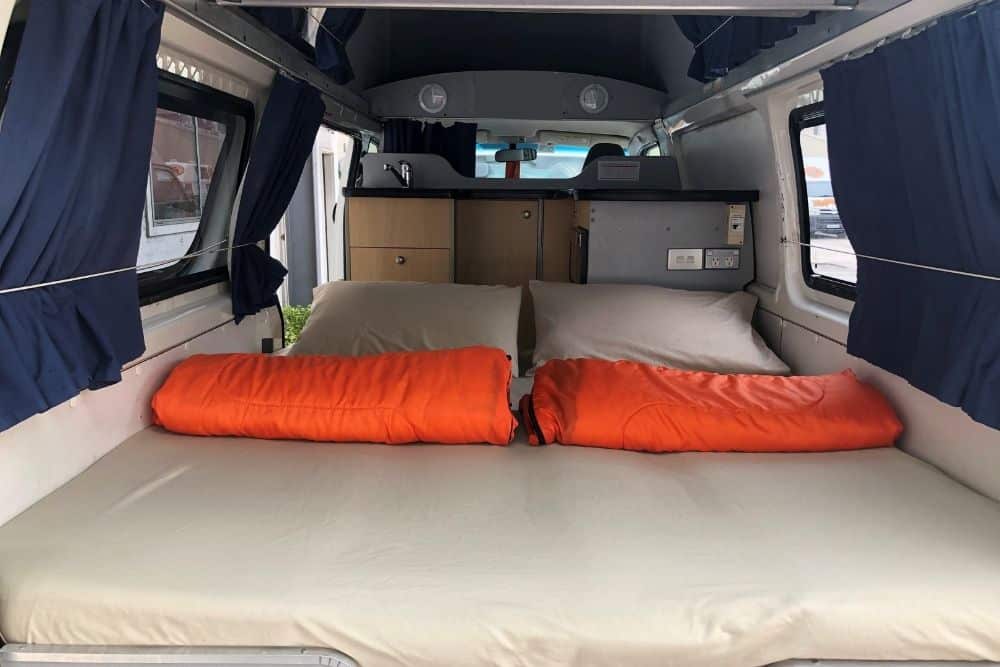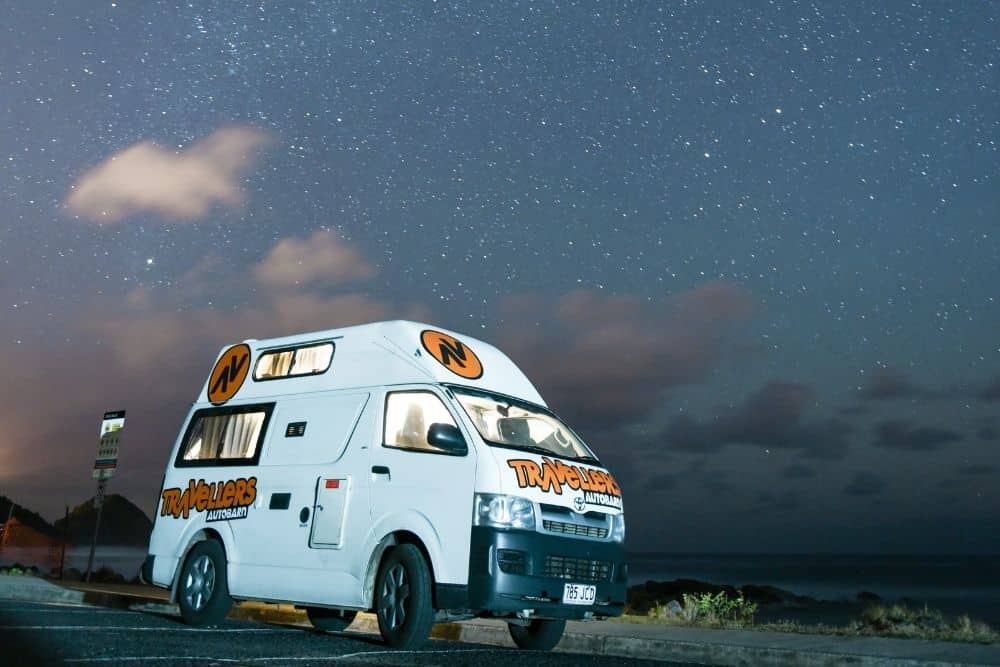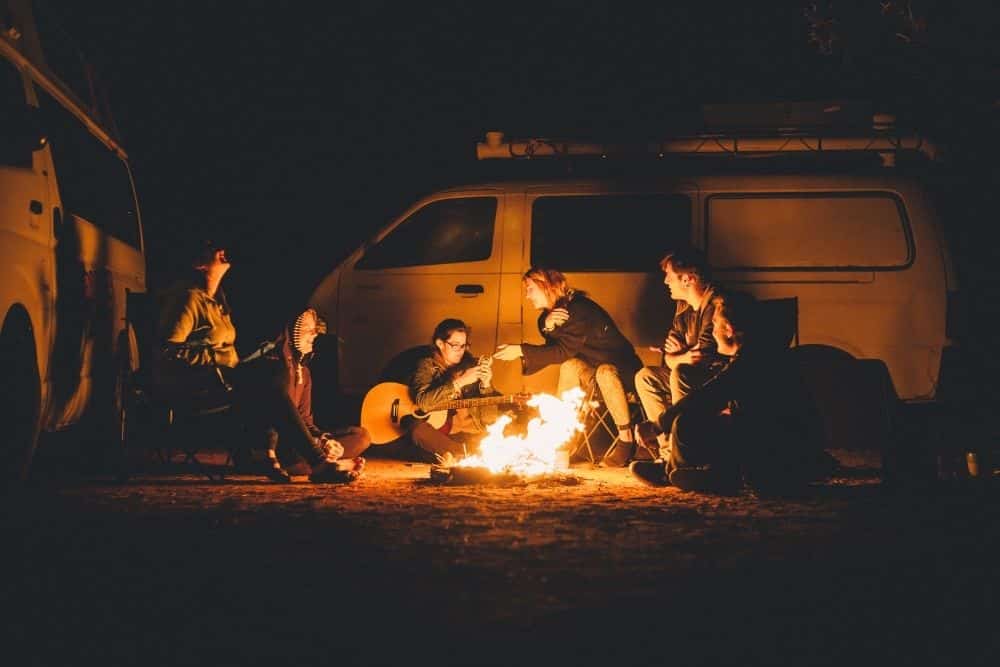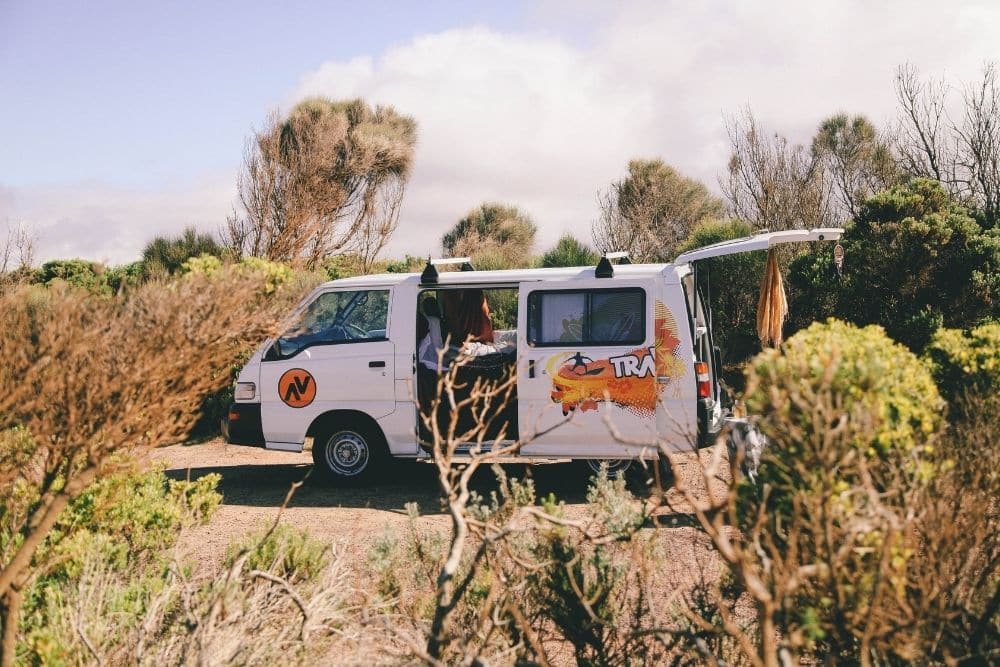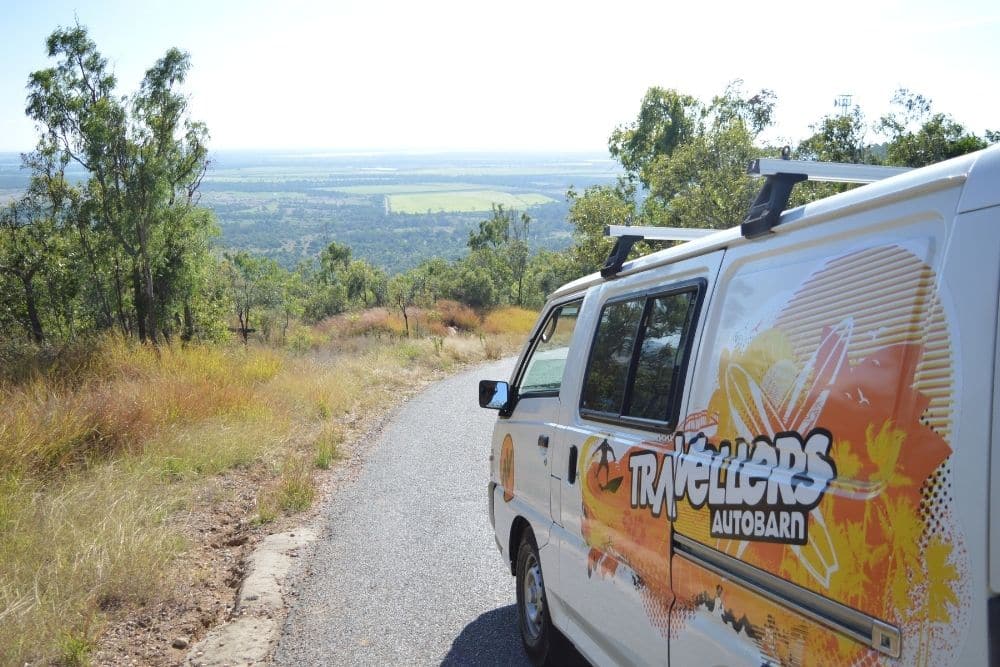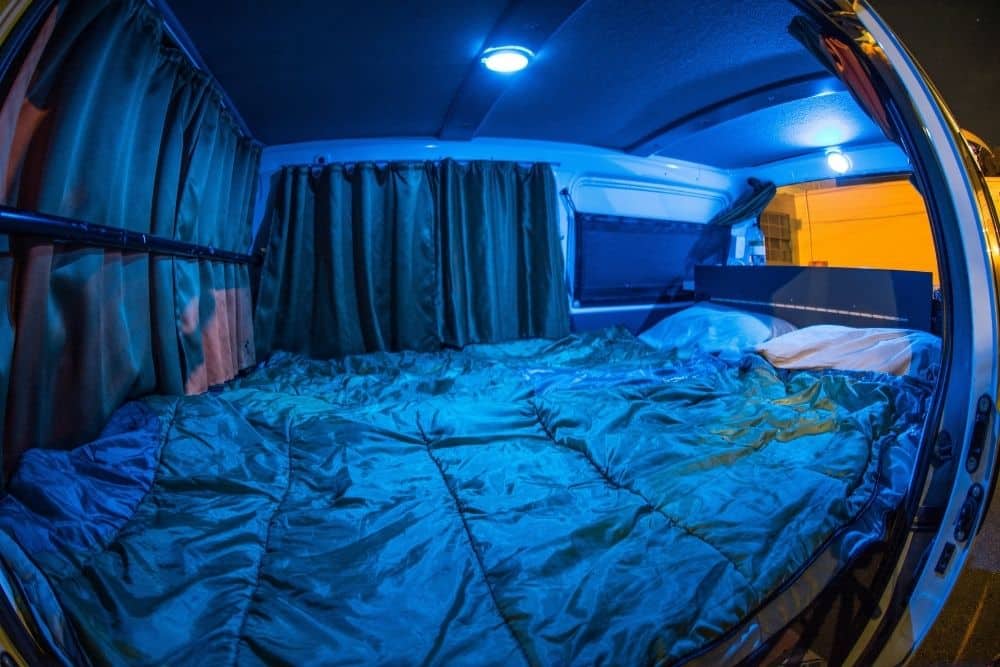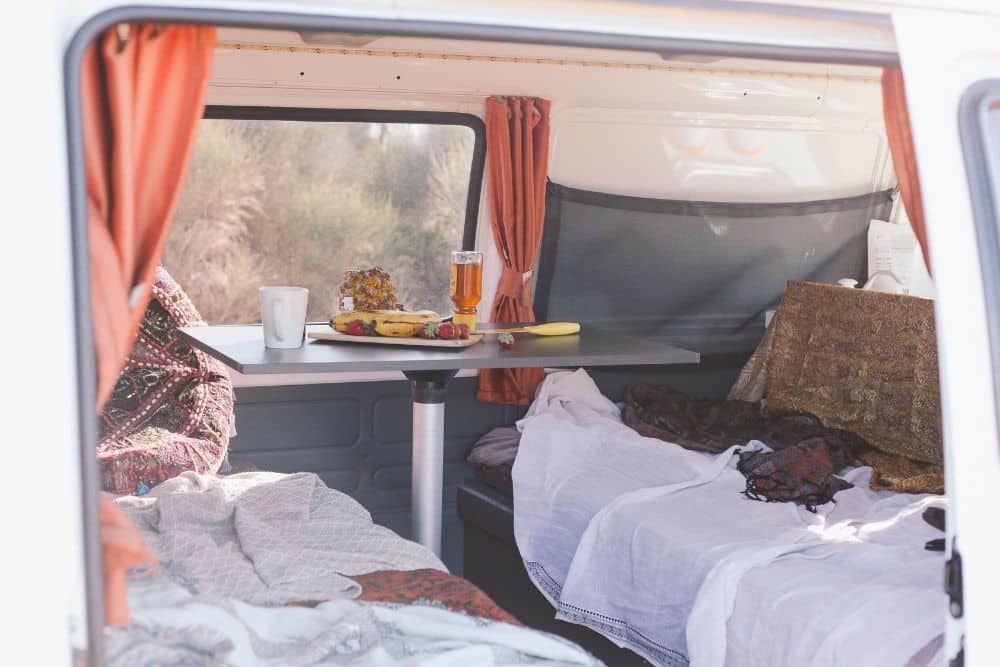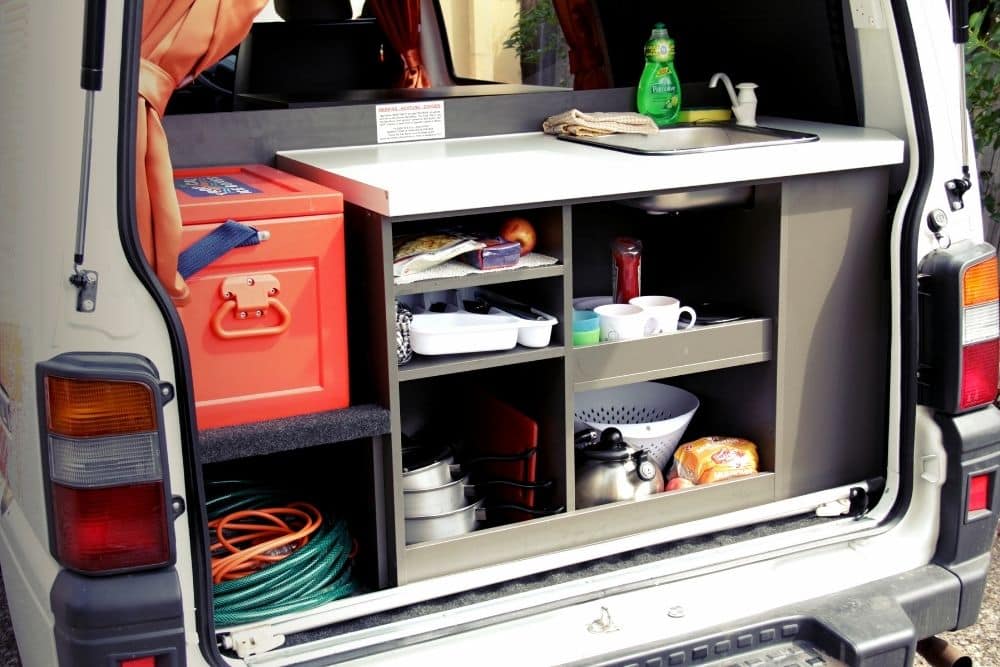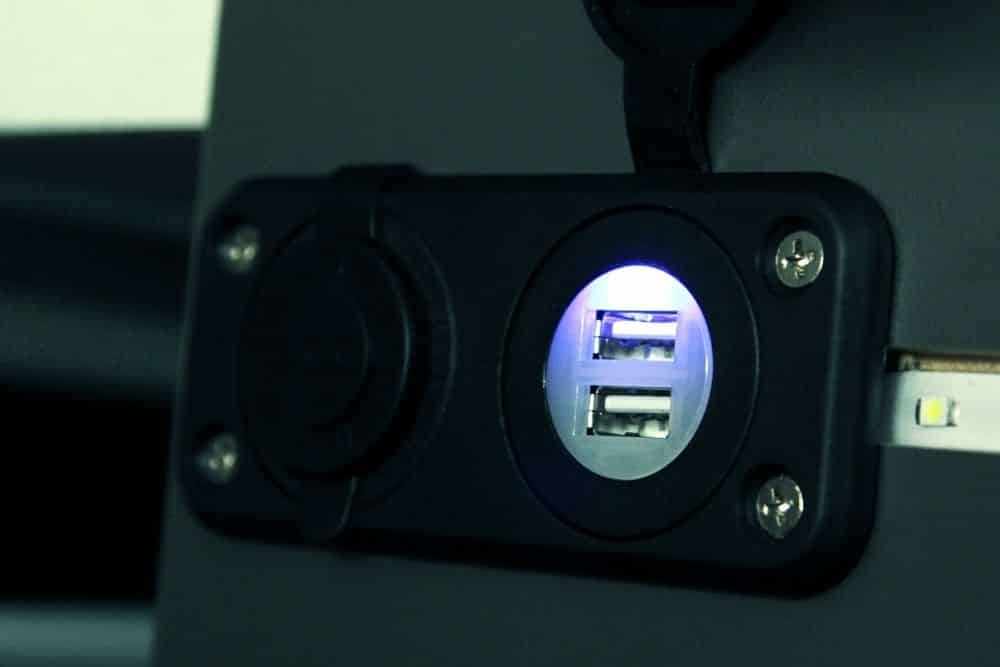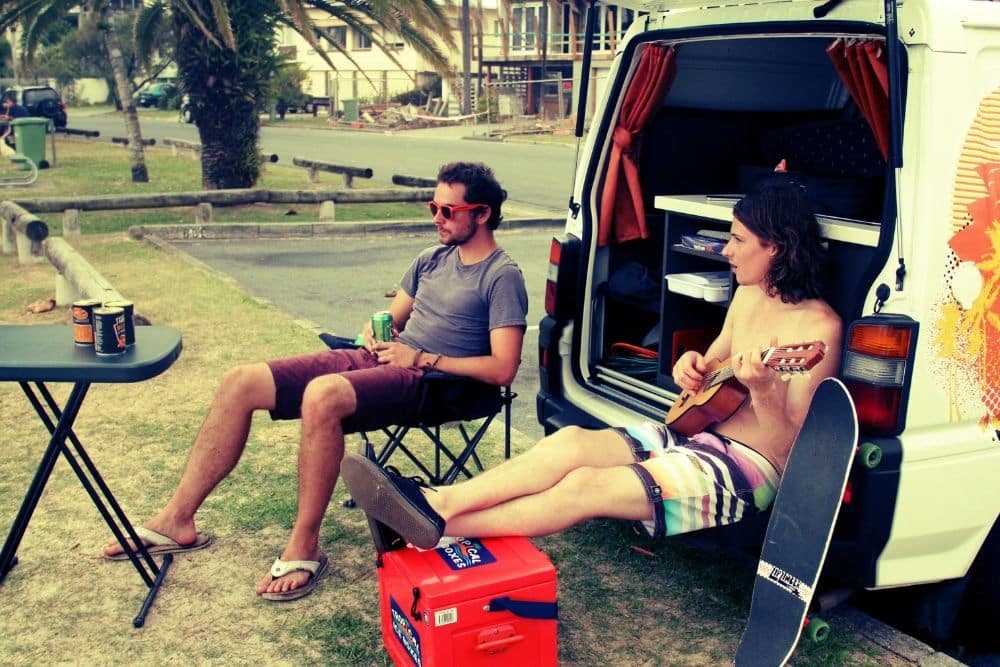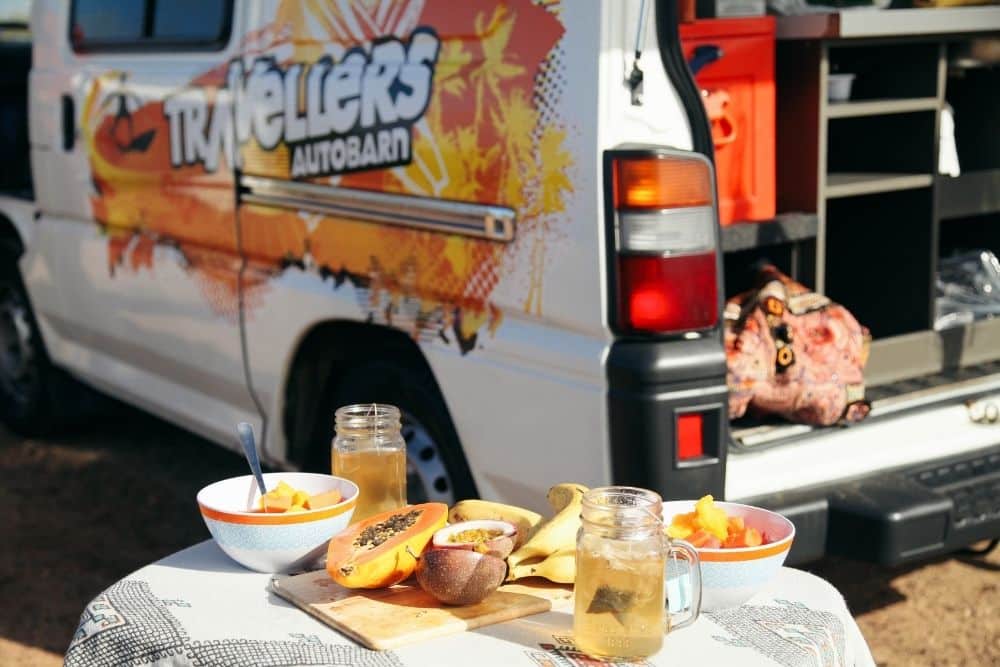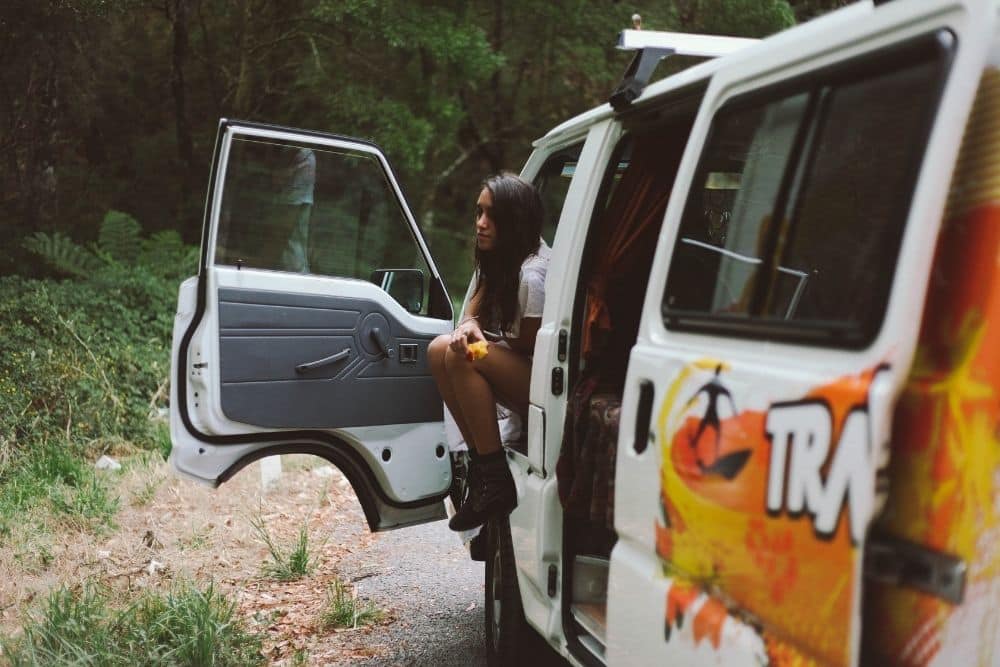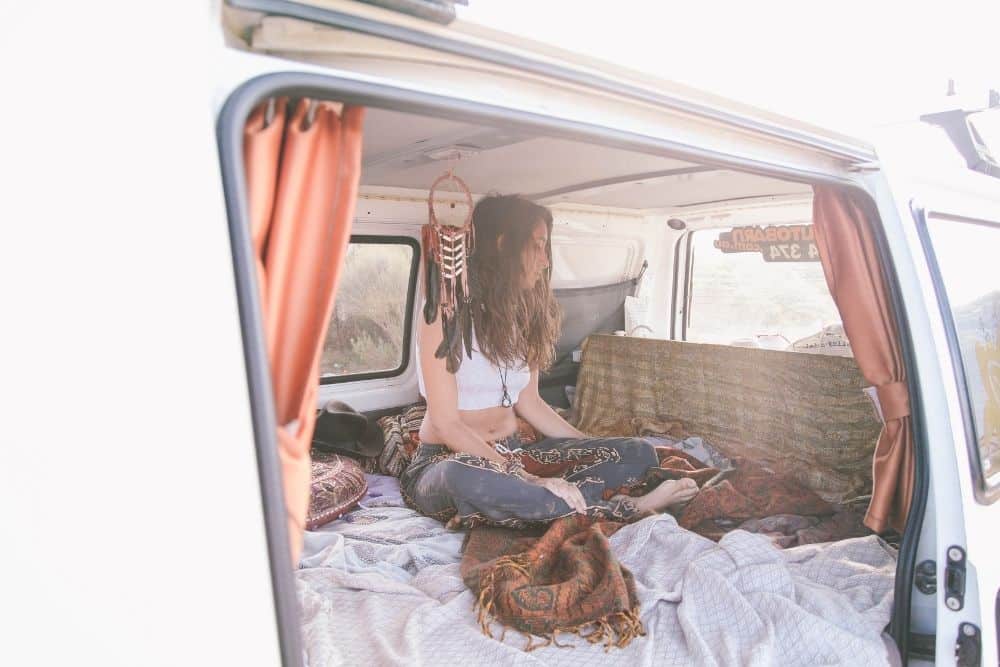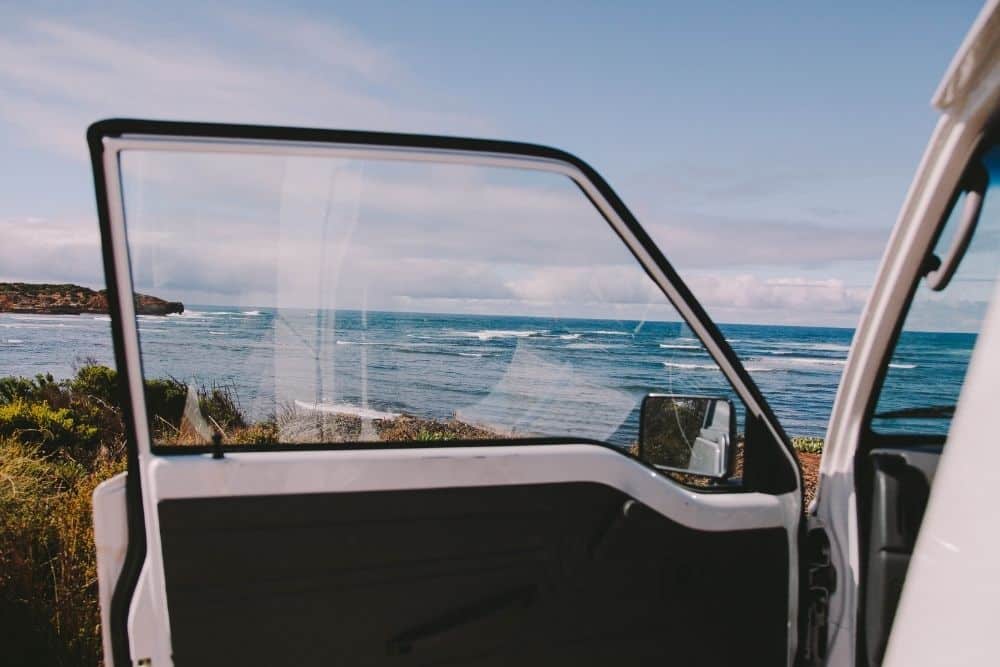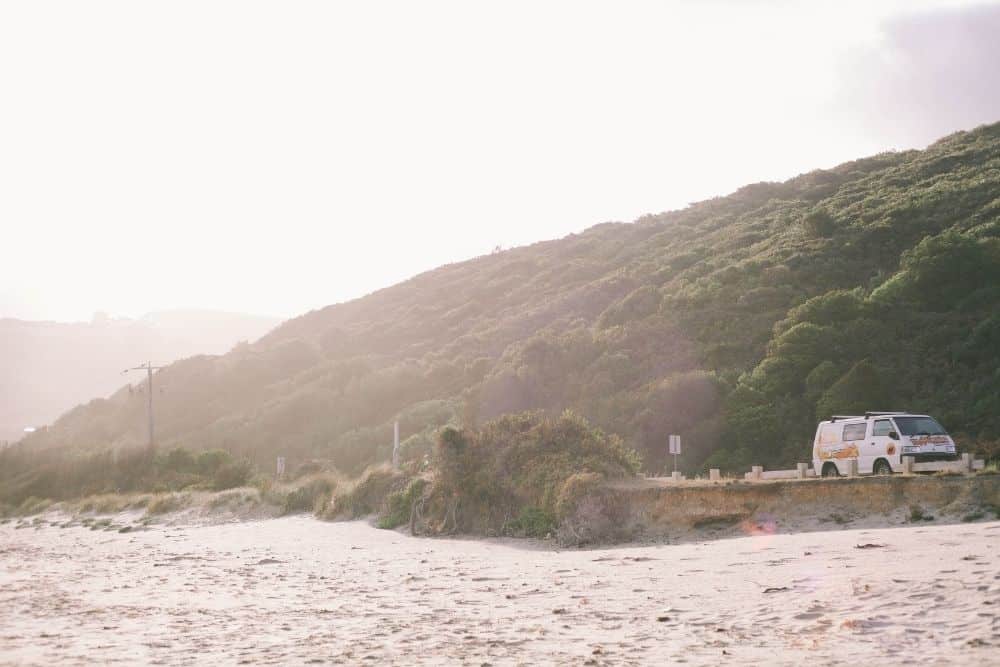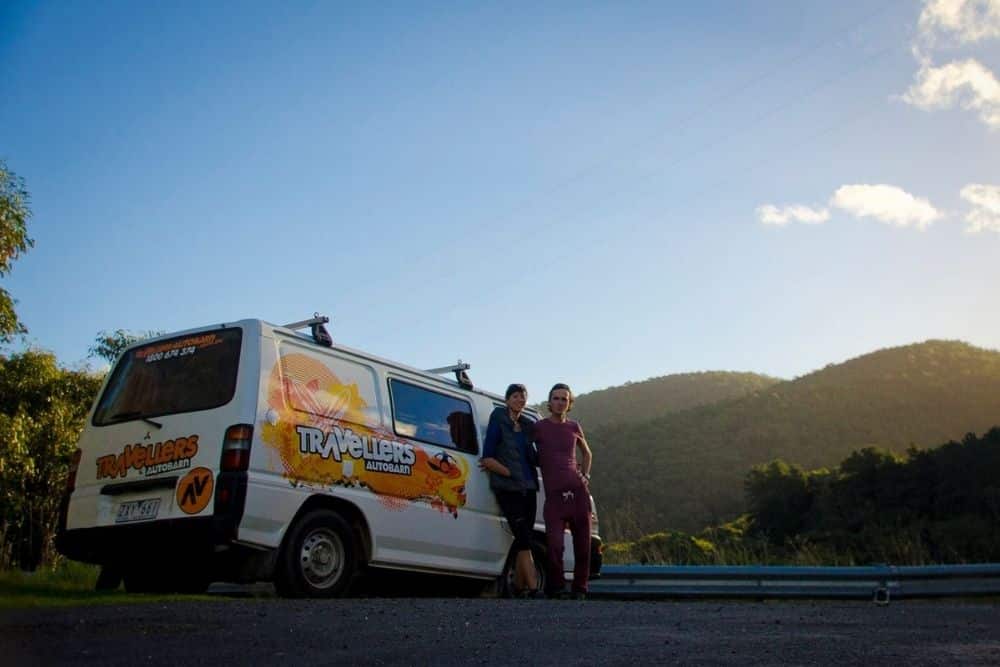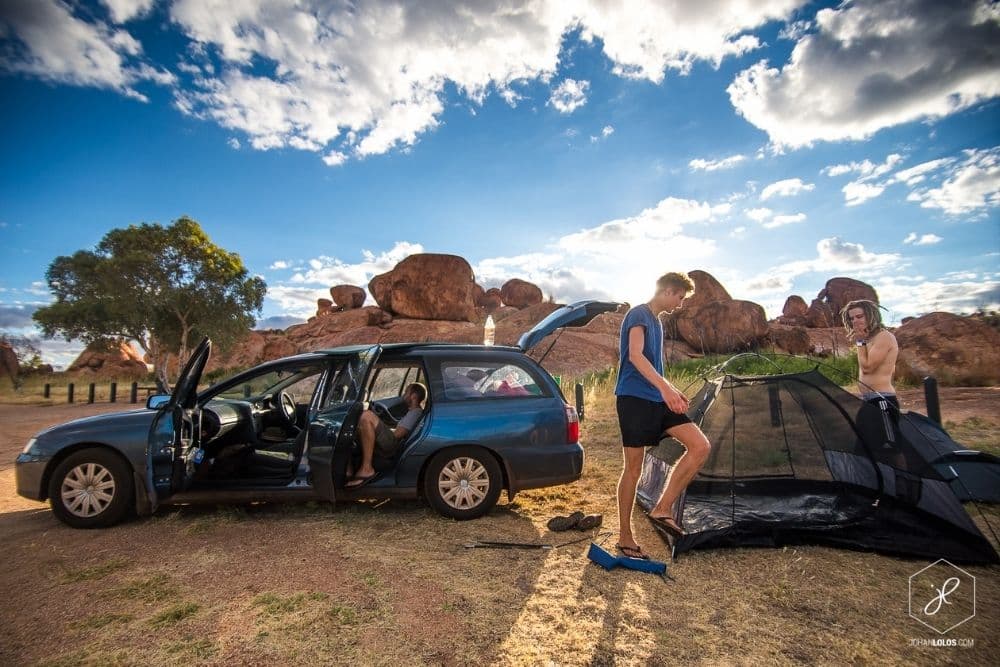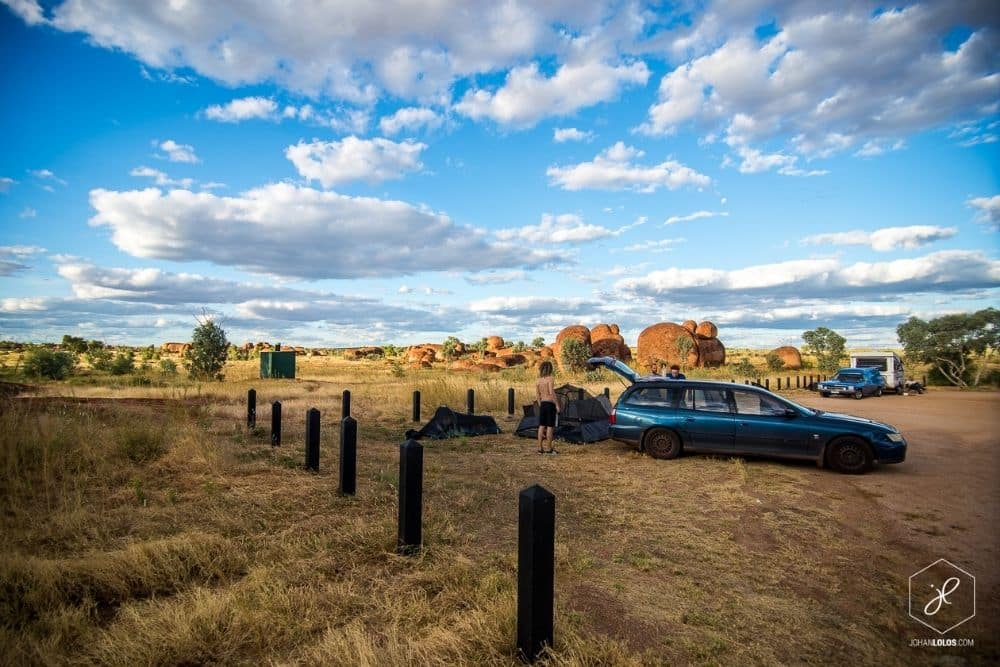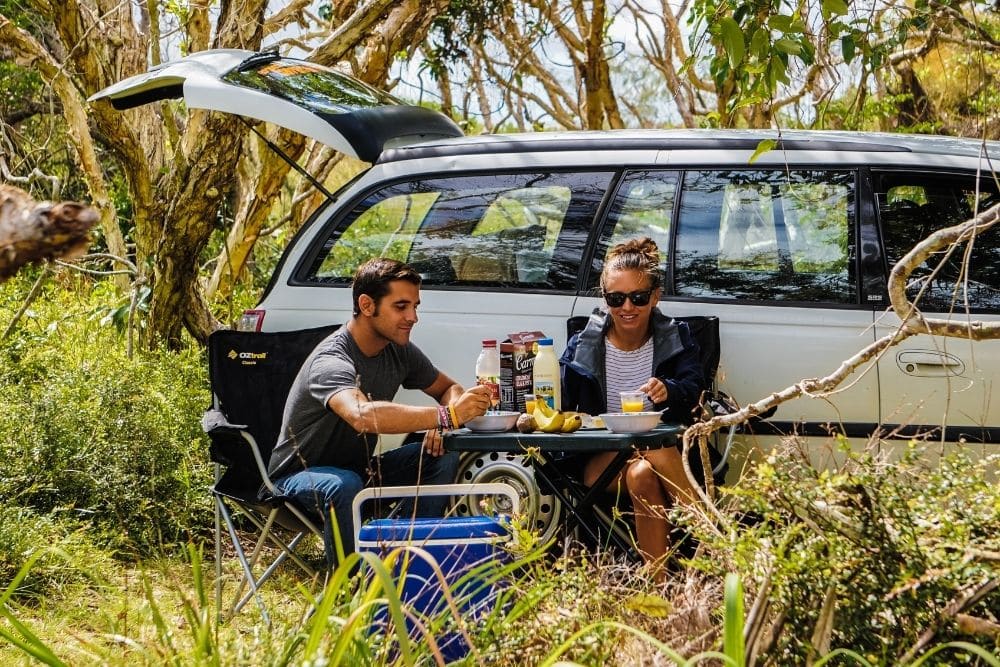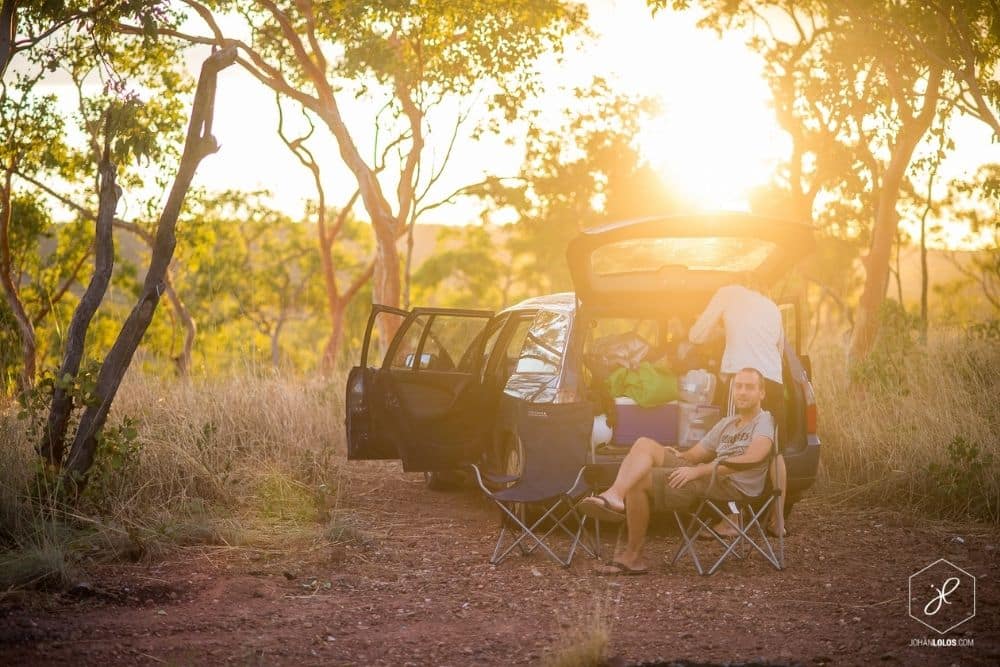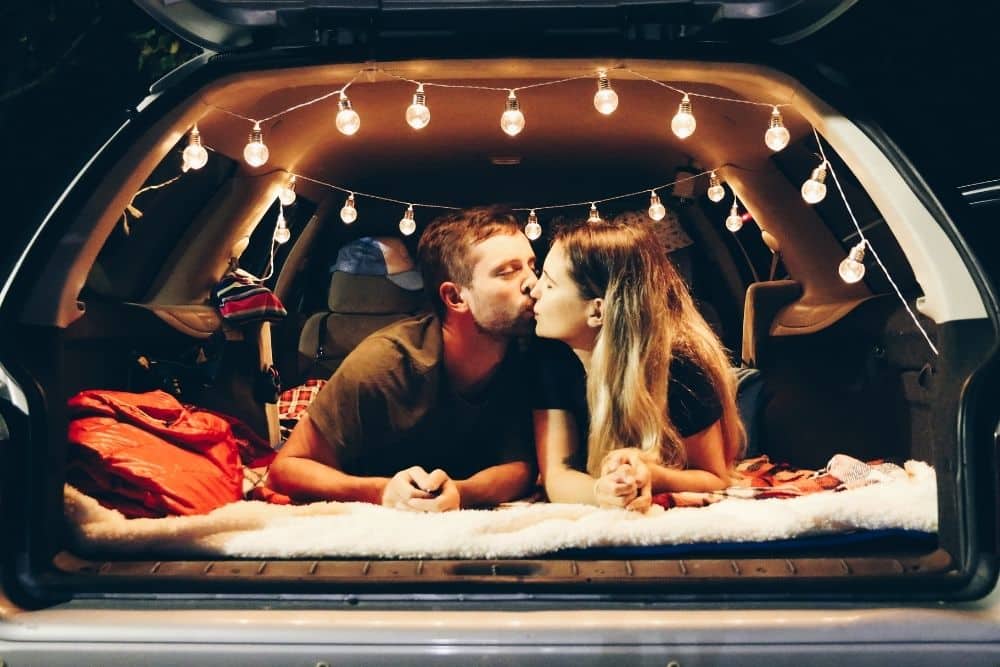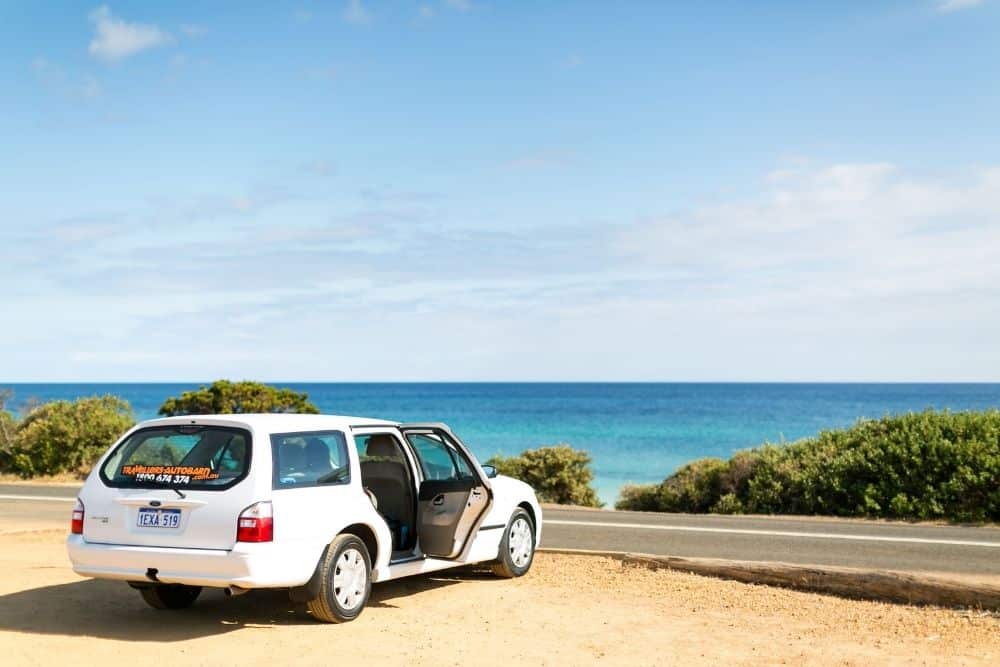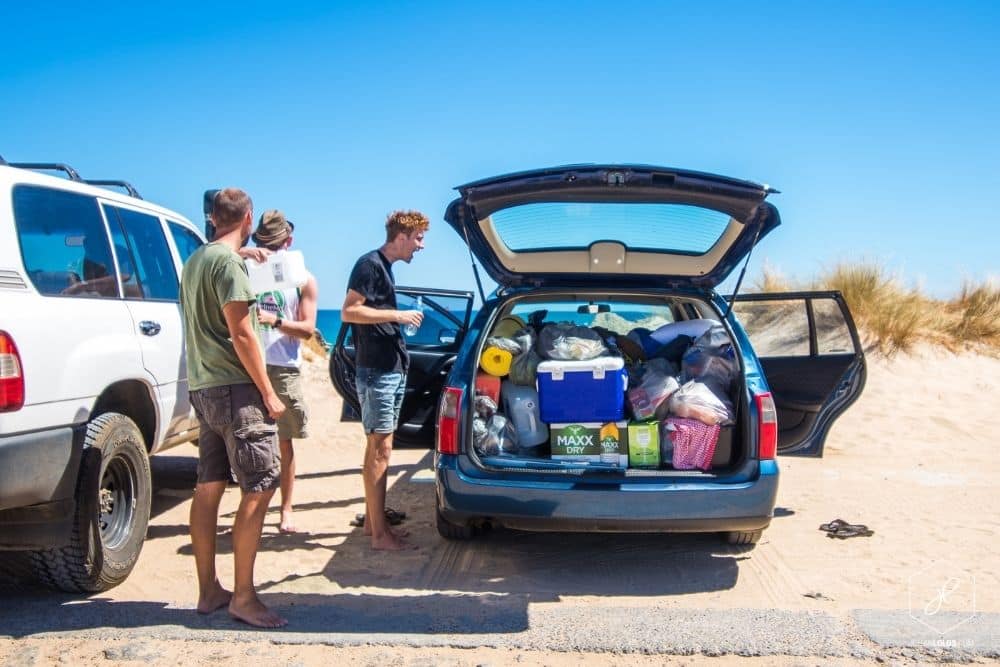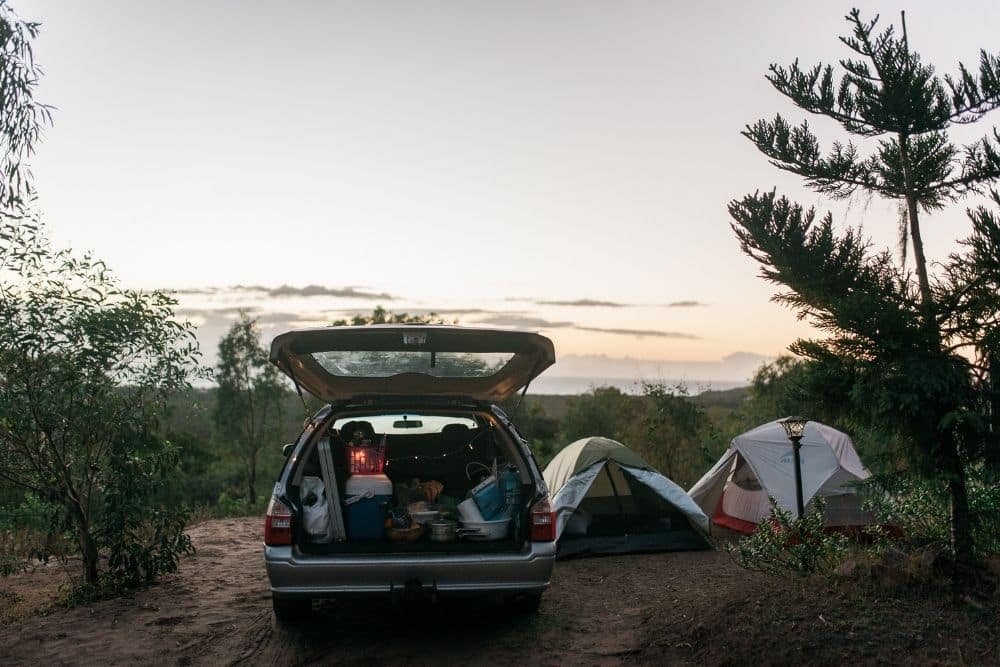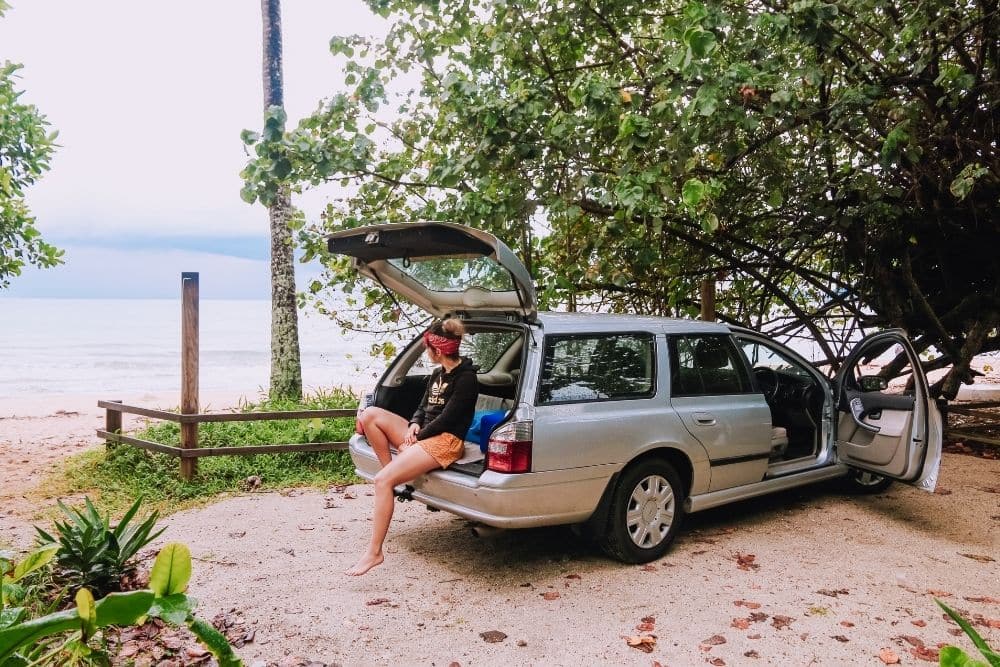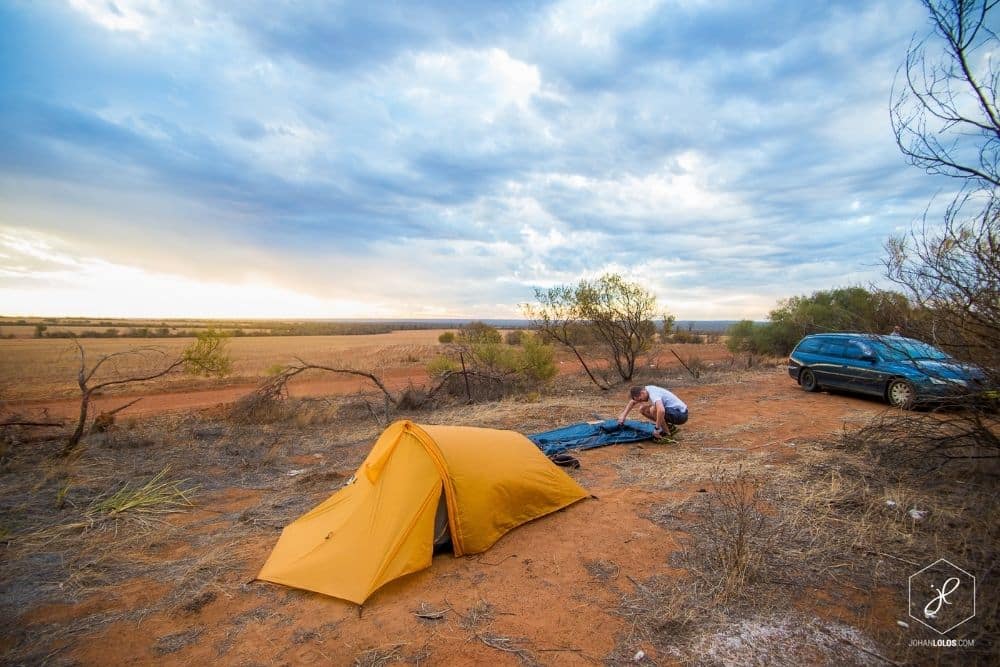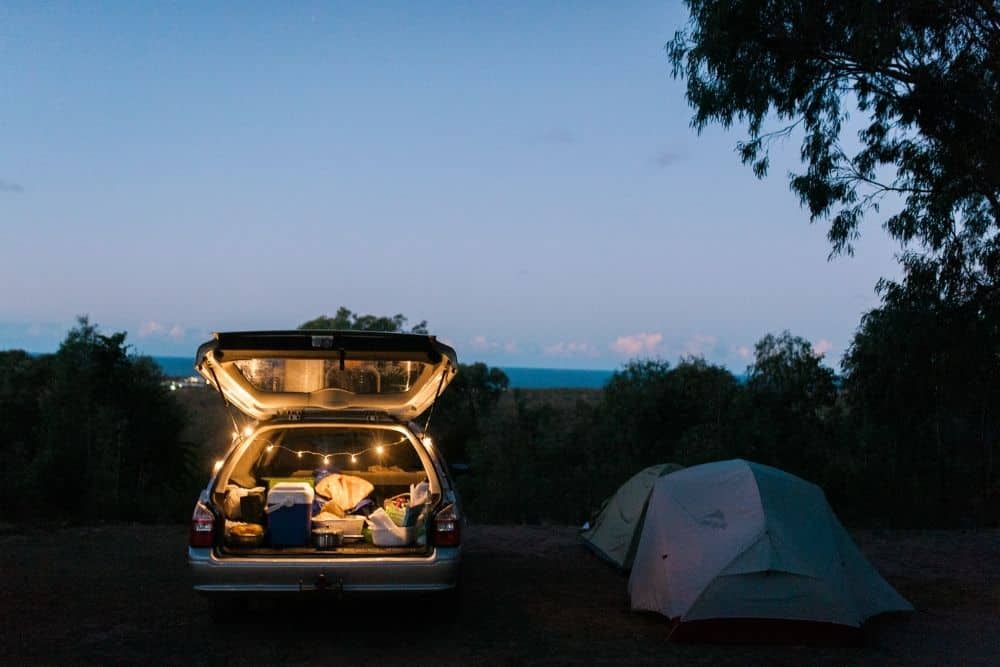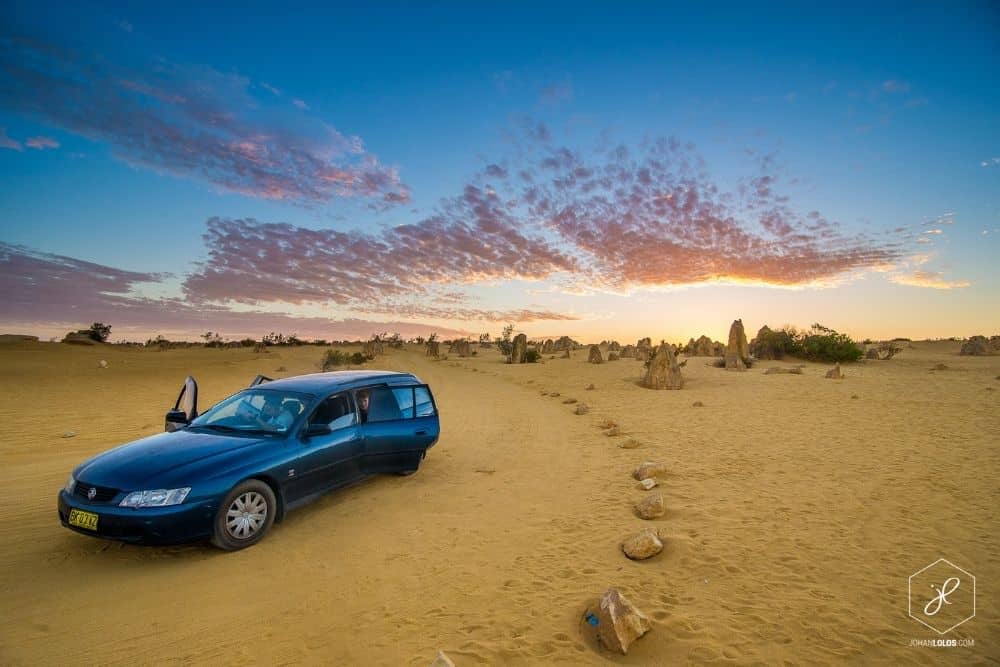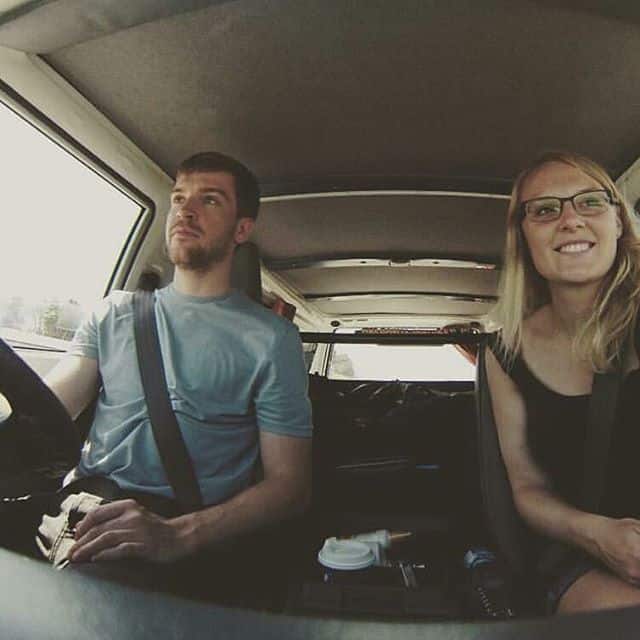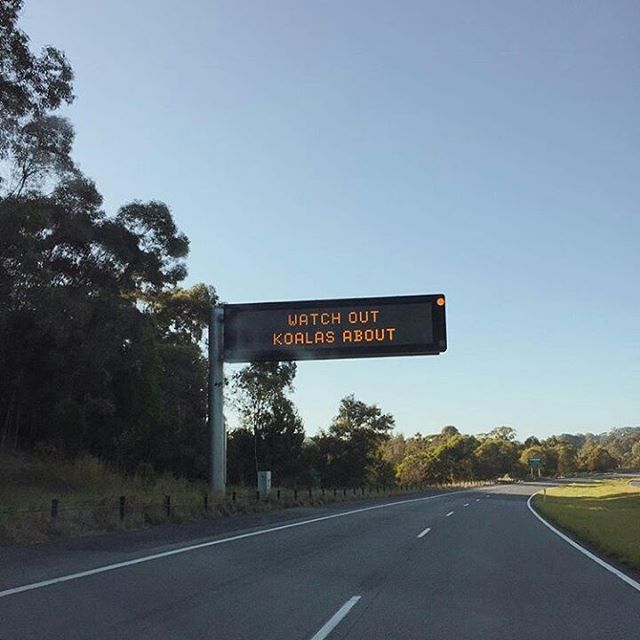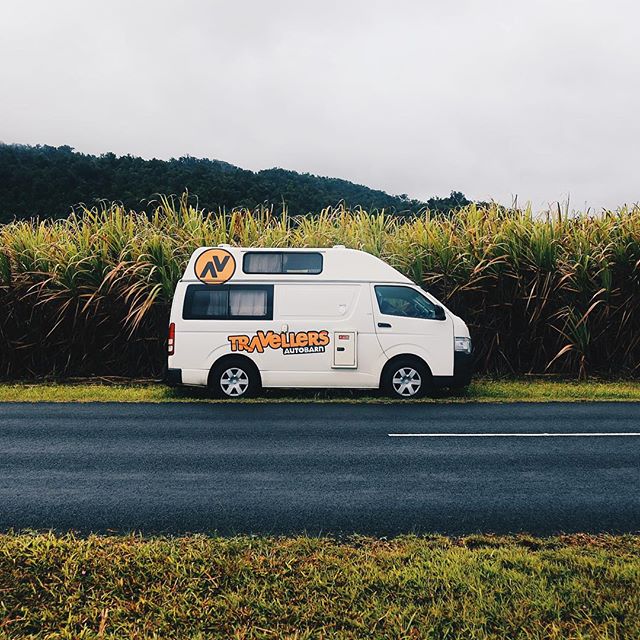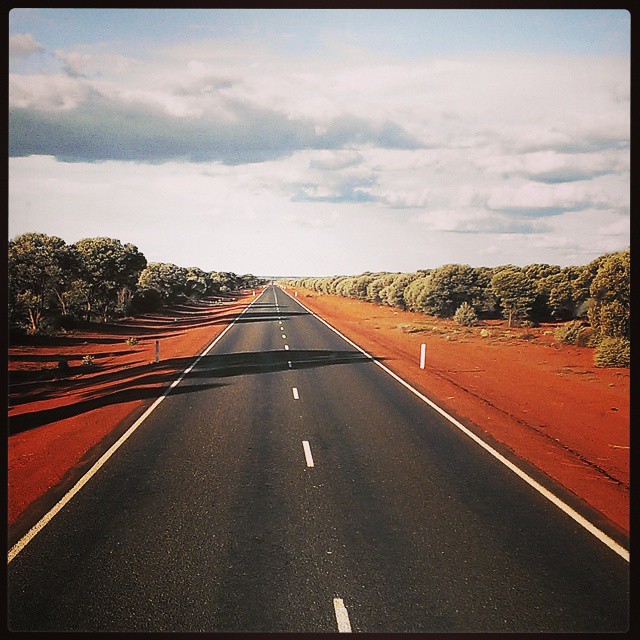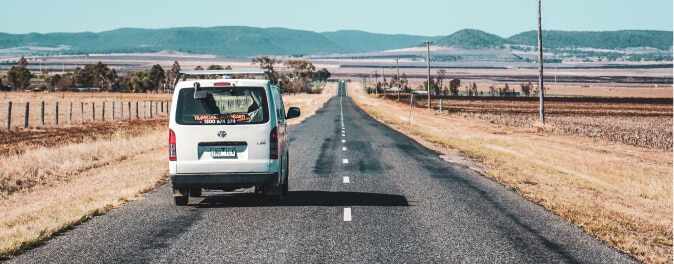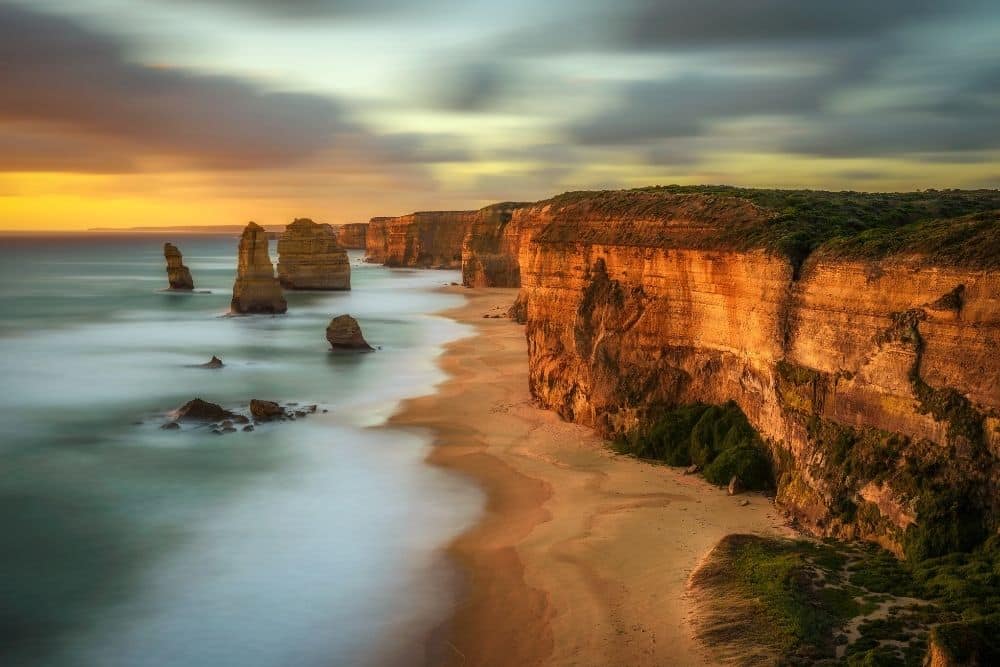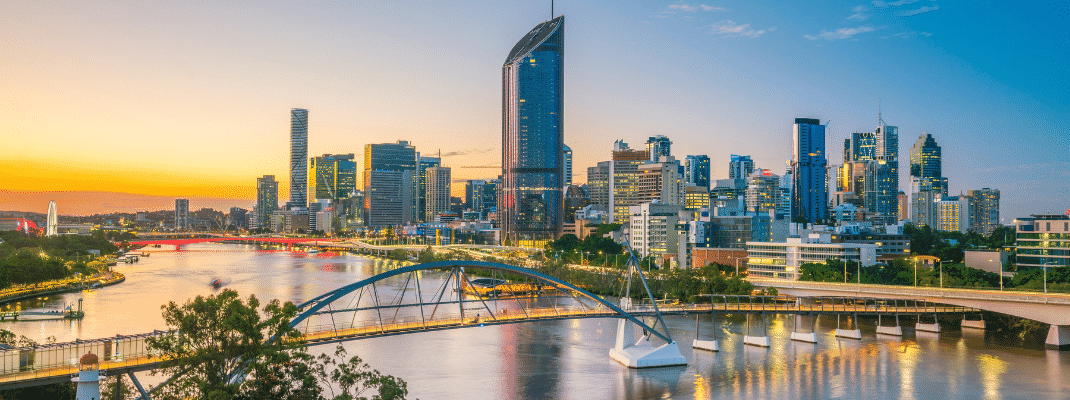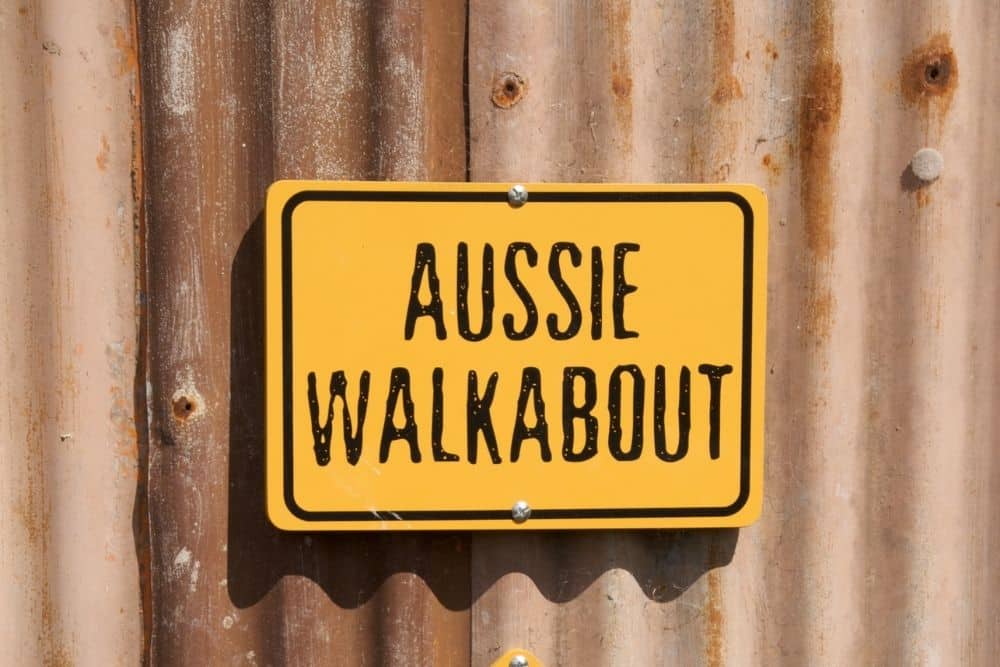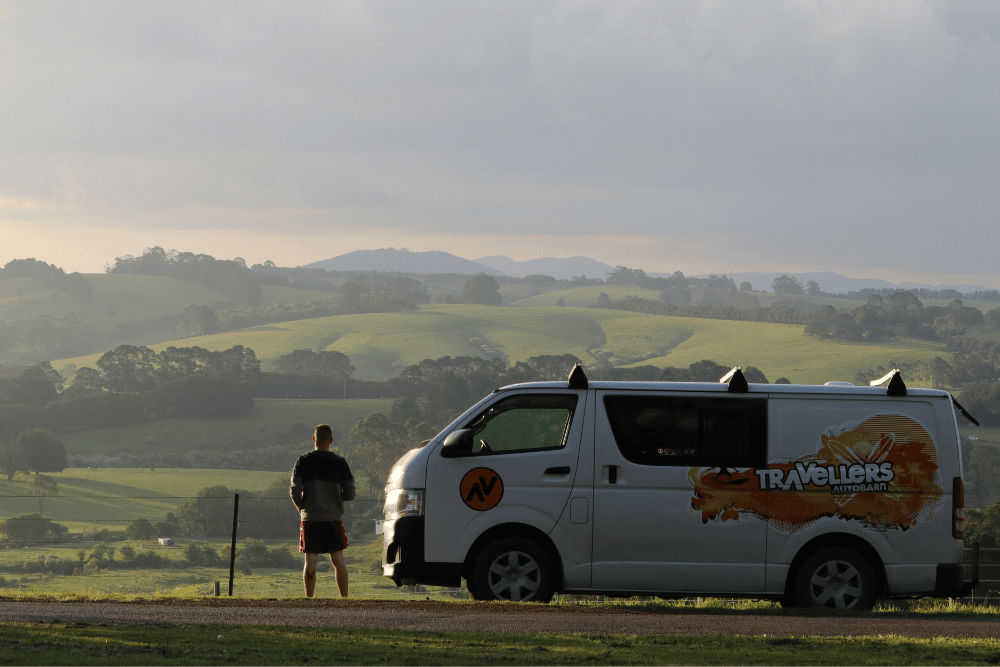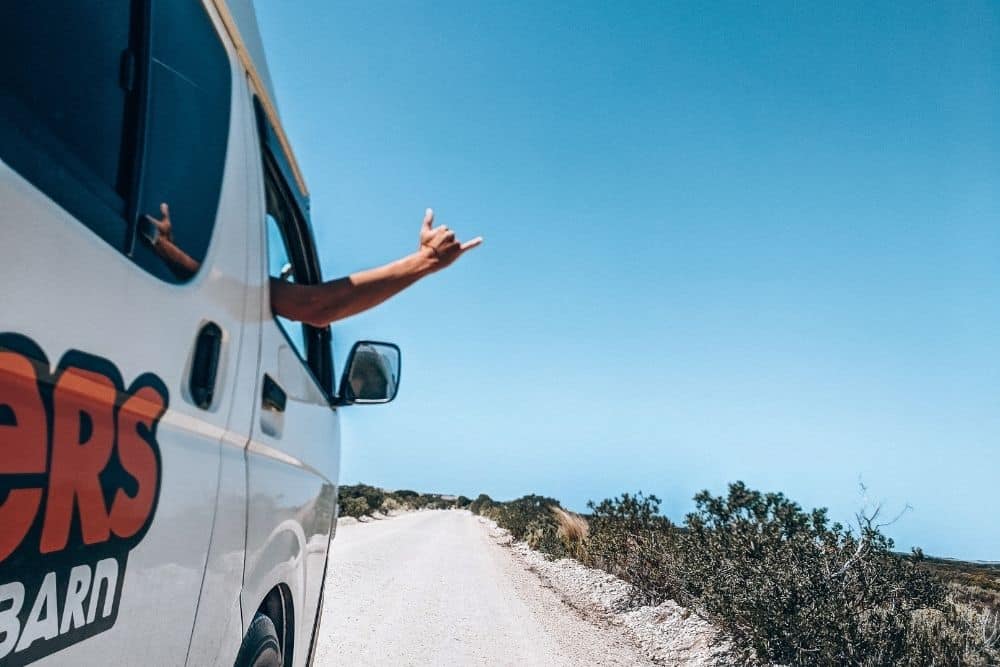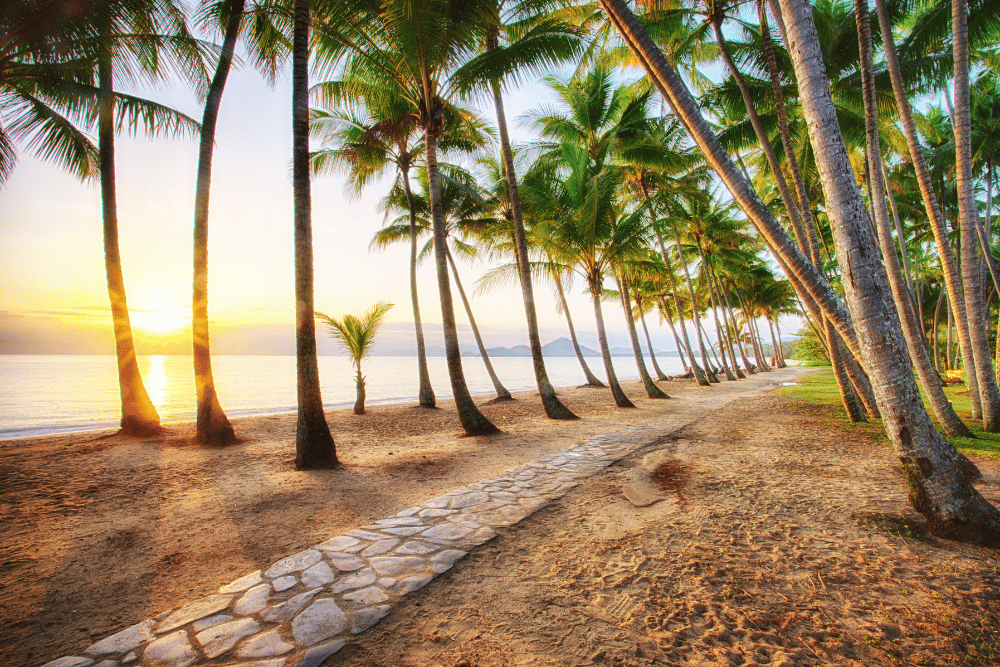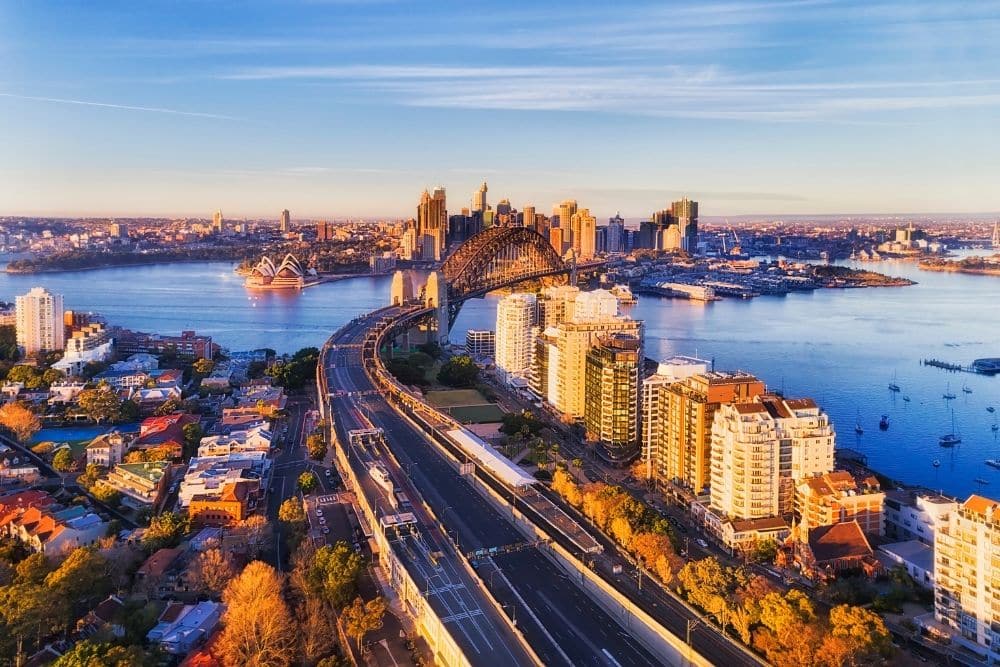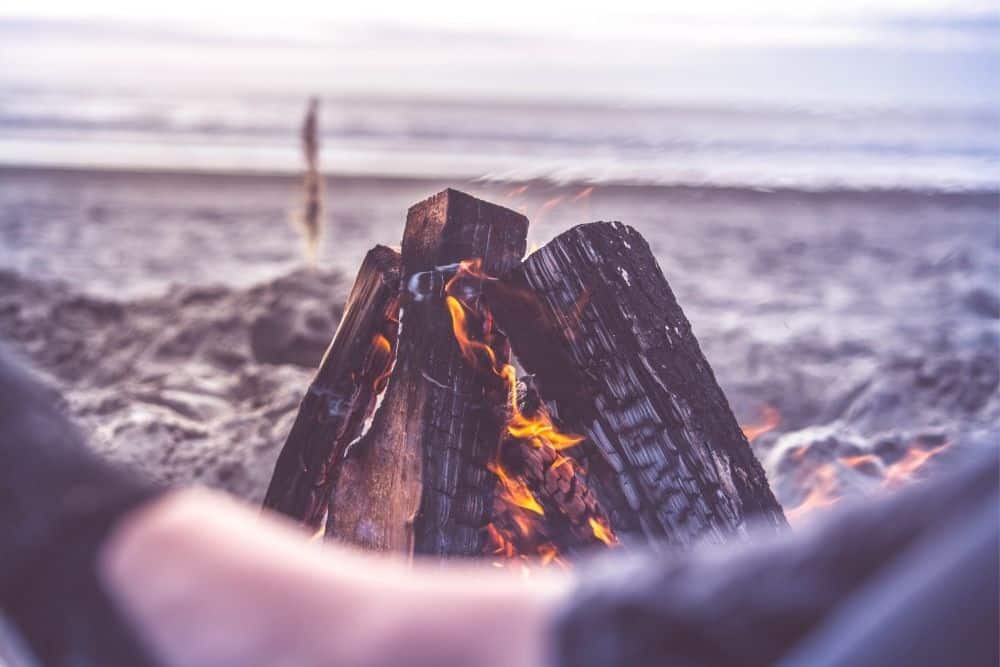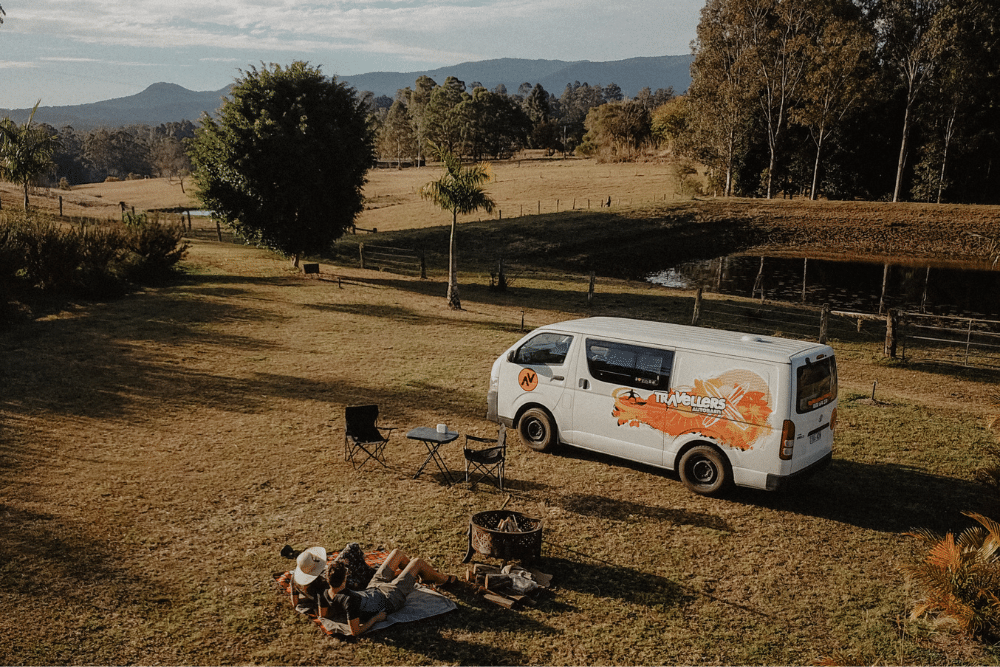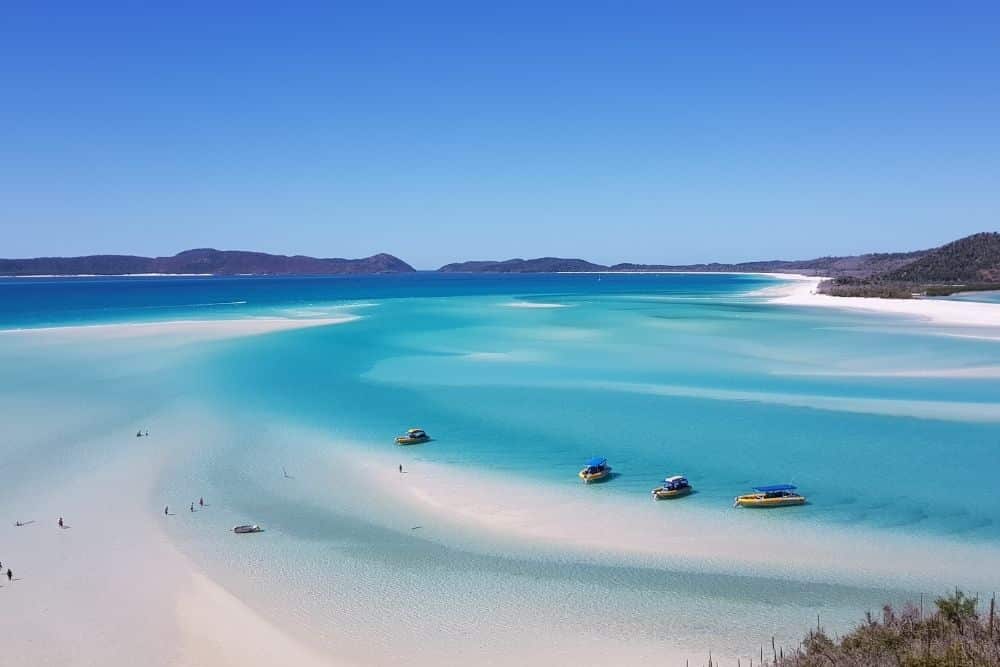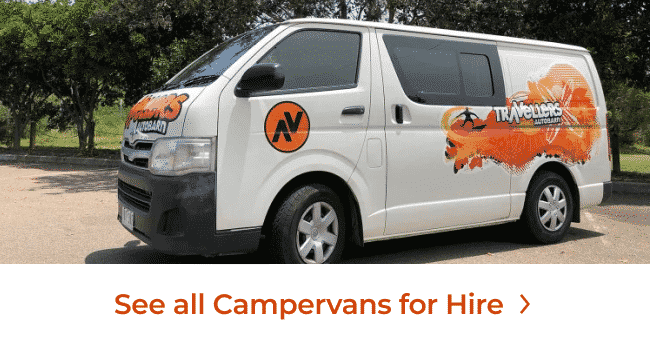The steering wheel in Australia is located on the right hand side of the car, so the gear stick and other instruments will feel reversed if you come from Europe or the U.S.A. where the steering wheel is on the left hand side. This will take some time getting used to, though most Australian cars have automatic transmission versus manual (or stick shift) gears.
To avoid fatal injuries and accidents we’ll give you a short course on Driving in Australia. From how to drive in Australia to standard etiquettes/rules/tips and tricks.
1. Stay left! Left, left left! Did we already say LEFT?!
Most accidents happen on more isolated and windy roads where it’s easy to forget what side you’re driving on. A simple tip is to always make sure you, as driver sitting on the right hand side, are:
- always situated closest to the middle of the road, and
- you have oncoming traffic passing on your driver’s side.
2. “Koala crossing” signs are not just a novelty tourist item
Be vigilant for Australian wildlife, particularly at night as many of Australian native animals are nocturnal. Koalas, kangaroos, wallabies, emus and some bird life are more active early in the morning and in the evening when the temperature cools.
3. Always wave to say thanks
The so called ‘courtesy wave’ is a simple gesture to thank your fellow driver, cyclist or pedestrian for being courteous and considerate on the road. Yeah, it feels a little weird, but when someone lets you into the flow of traffic, or otherwise helps you out, give ’em that weird little wave that people do in order to say “thanks.”
It can be expressed in a number of ways from an effusive hand-wave out the window to a more subtle, subdued head-nod.
The courtesy wave can be used in a variety of situations:
- When merging lanes and your fellow driver creates space for you to merge
- When driving on a narrow street and the oncoming driver pulls over allowing you to pass
- When yielding right of way when the right-of-way is unclear
- When acknowledging a driver of the same vehicle – a particular favourite of motorcyclists and Kombi drivers
- When apologising for a driving indiscretion such as (accidentally) cutting off another driver
4. Use of Foreign Licences
As an international visitor, you are able to drive in Australia with your foreign licence for three months, so long as that licence is in English. If your licence is not in English, you will need to attain an International Drivers Permit (IDP) from your home country to use in Australia. If your foreign licence does not have a photo, carry a formal photo identification with you such as a passport.
If you intend to drive longer than 3 months in Australia, you will need to attain a Drivers licence from the State in which you intend to do most of your driving.
5. Pass on the Right, Stay Left
When driving on multi-lane roads, highways and freeways in Australia, always keep left unless overtaking. Fines can apply for cars violating this rule in most states.
6. Toll Roads
Toll roads are generally found in Brisbane, Melbourne and Sydney. Many major motorways, tunnels and bridges in Australia require payment of tolls. Some tolls can be paid in cash at the time, where others such as Melbourne will require either a prepaid pass or to call and pay within a short time after using the road.
Melbourne and Sydney allow you to purchase in advance an electronically transponder that can be used over a period of time for a modest cost and increased convenience.
These toll roads typically take photos of each vehicles number plate, and then allow a day or so for you to make good on any payment you are required to make. Failure to do so will result in a fine.
7. Service statons
Most Service Stations are all self-service. You will need to fill your car up with fuel, and then go into the Service Station to pay in person. This is unlike the United States or European gas station where you are able to pay at the gas pump with a credit card.
Be aware that Australia is a large land mass, and on isolated roads, you may not always have convenient access to a Service Station, particularly late at night. On longer trips, be conservative and fuel your car early to avoid running out of fuel in an isolated position.
8. Driving the outer roads and the Outback
Australia has an area in land mass similar to continental United States, with a population of only around 22.5 million people. The major cities and urban concentrations are predominantly in the South East to South West of Australia and hug the coastlines.
If you go on longer trips outside of the major urban areas, be mindful that you may face a range of dangers you may not be used to confronting in your home country.
Plan ahead and be mindful of the following:
- Isolation and lack of facilities. Travel prepared by including additional water, food, and an extra source of fuel.
- Long drives, particularly at night may cause fatigue. Take advantage of truck stops and revival points (often serving coffee) or simply pull over to take a nap, if you feel slightly drowsy.
- Be vigilant for Australian wildlife, particularly at night as many of Australian native animals are nocturnal. Kangaroos, wallabies, emus, koalas and some bird life are more active early in the morning and in the evening when the temperature cools.
- On outer roads, you may encounter multi-trailer trucks (or “Road Trains”). Make sure you give a Road Train plenty of room, and if overtaking take extra precaution and judgement given the extra length required of the overtaking.
- Ideally avoid travelling at night, and if you do, be particularly vigilant, make sure you are fully alert, and reduce your speed.
Outer roads will typically have speed limits of between 90 km / hour and 110 km / hour, but as high as 130 km / hour in the Northern Territory. Be conservative and use your judgement to drive at a speed you are comfortable with given the surroundings.
Some outer roads may even be dirt or low quality, so adjust your speed accordingly and be cautious about driving into isolated areas without adequate water, supplies and planning.
Whether you’re a first-time campervan traveller or a seasoned van lifer, check out our other handy Campervan Travel Tips before you start your Aussie adventure.
About the Author
Bastian Graf
Bastian is the Sales & Marketing Manager here at Travellers Autobarn. He holds a Master of Commerce in Marketing and International Business Management, and 20+ years experience in campervan hire, road trips and travel.
Sign up for deals and road trip itineraries.
Our Travel Guides
Other Travel Tips
Our Campervans
